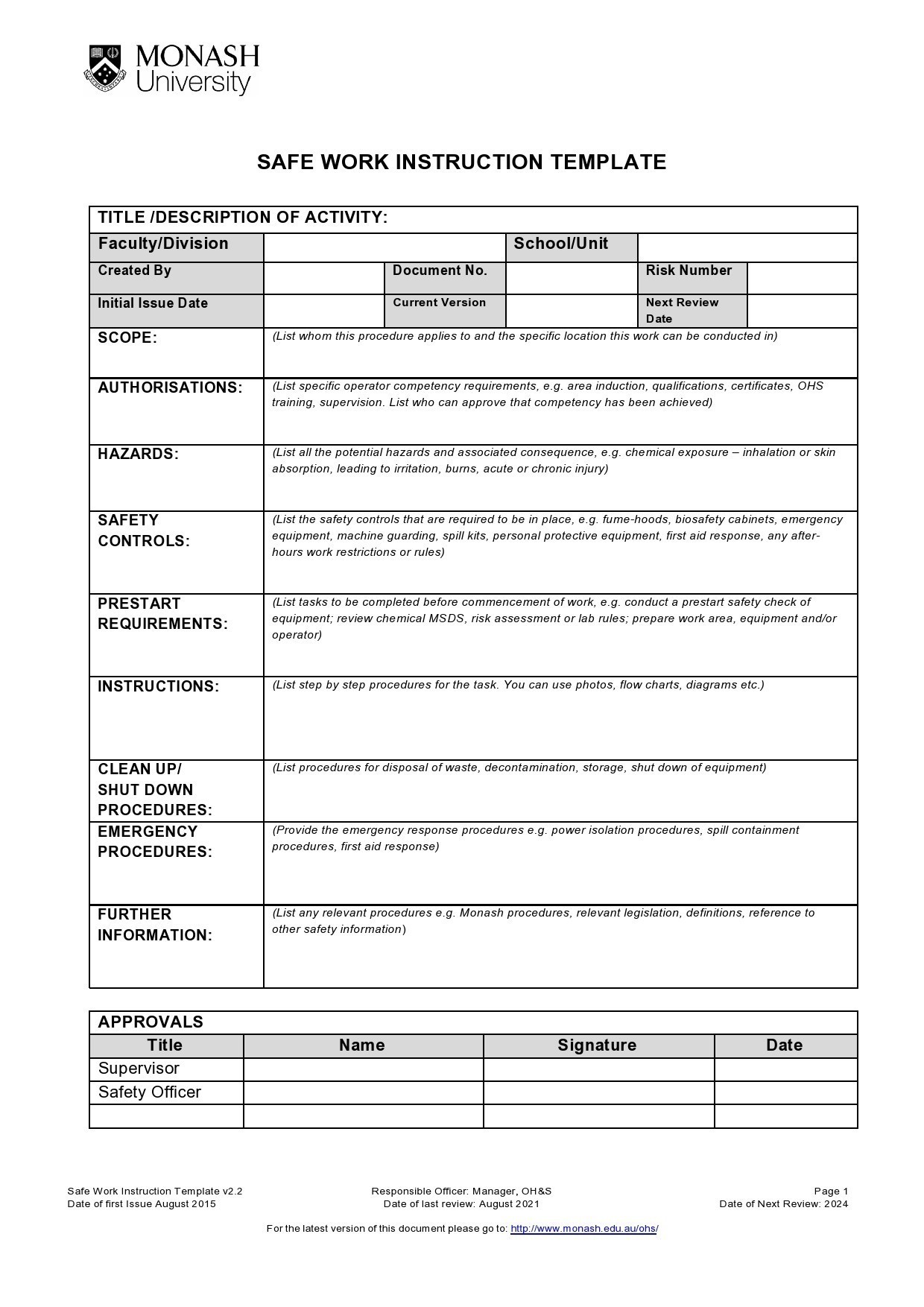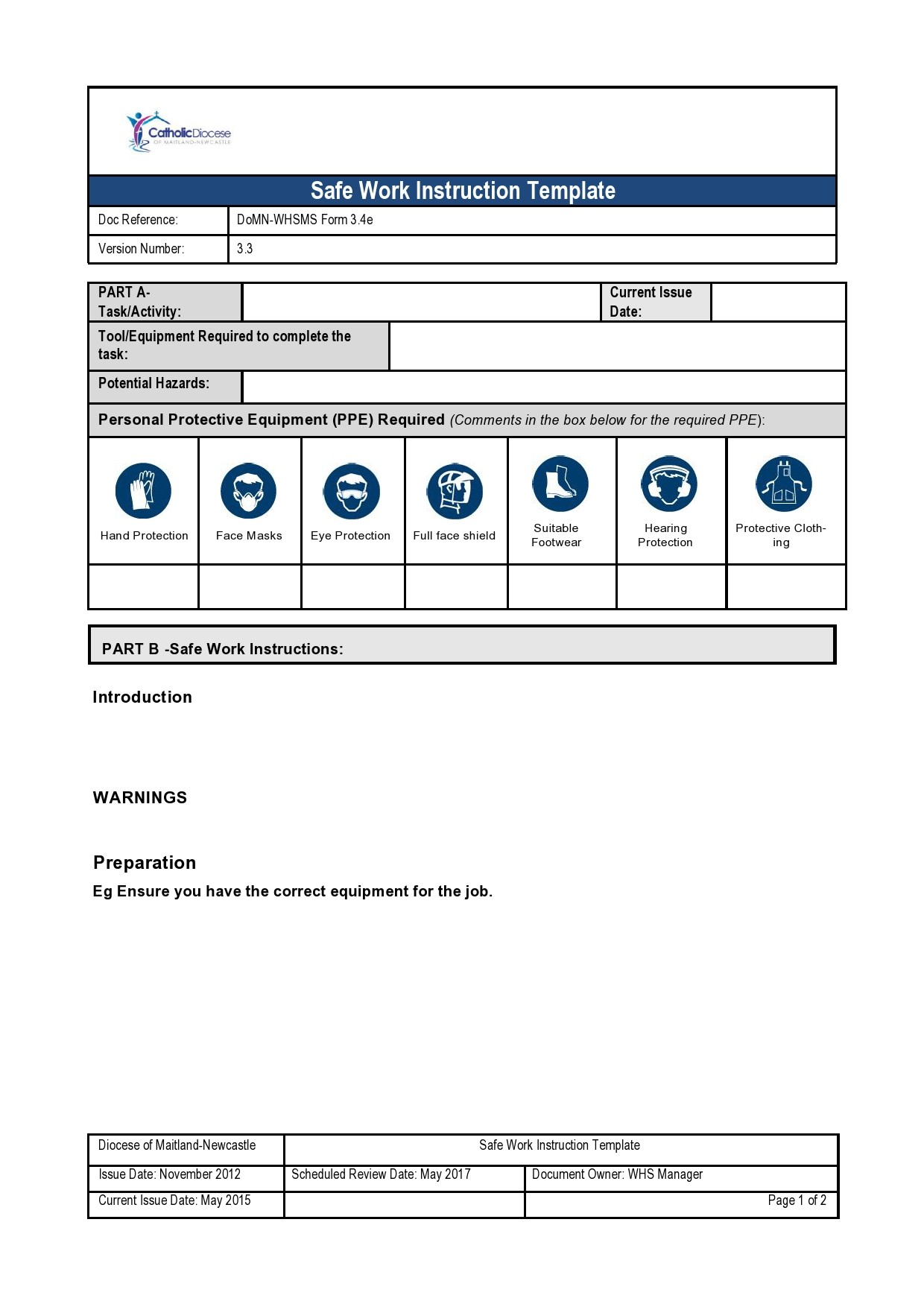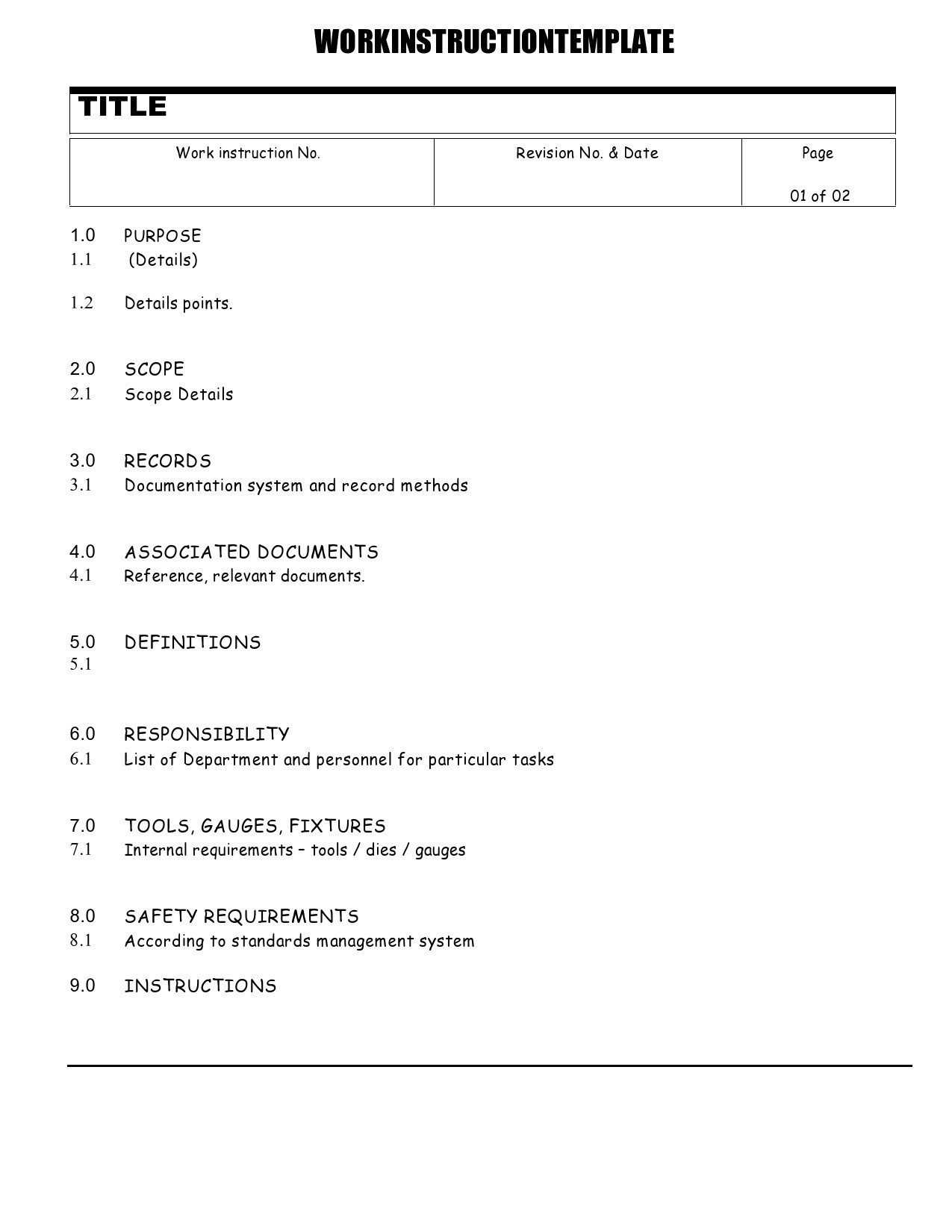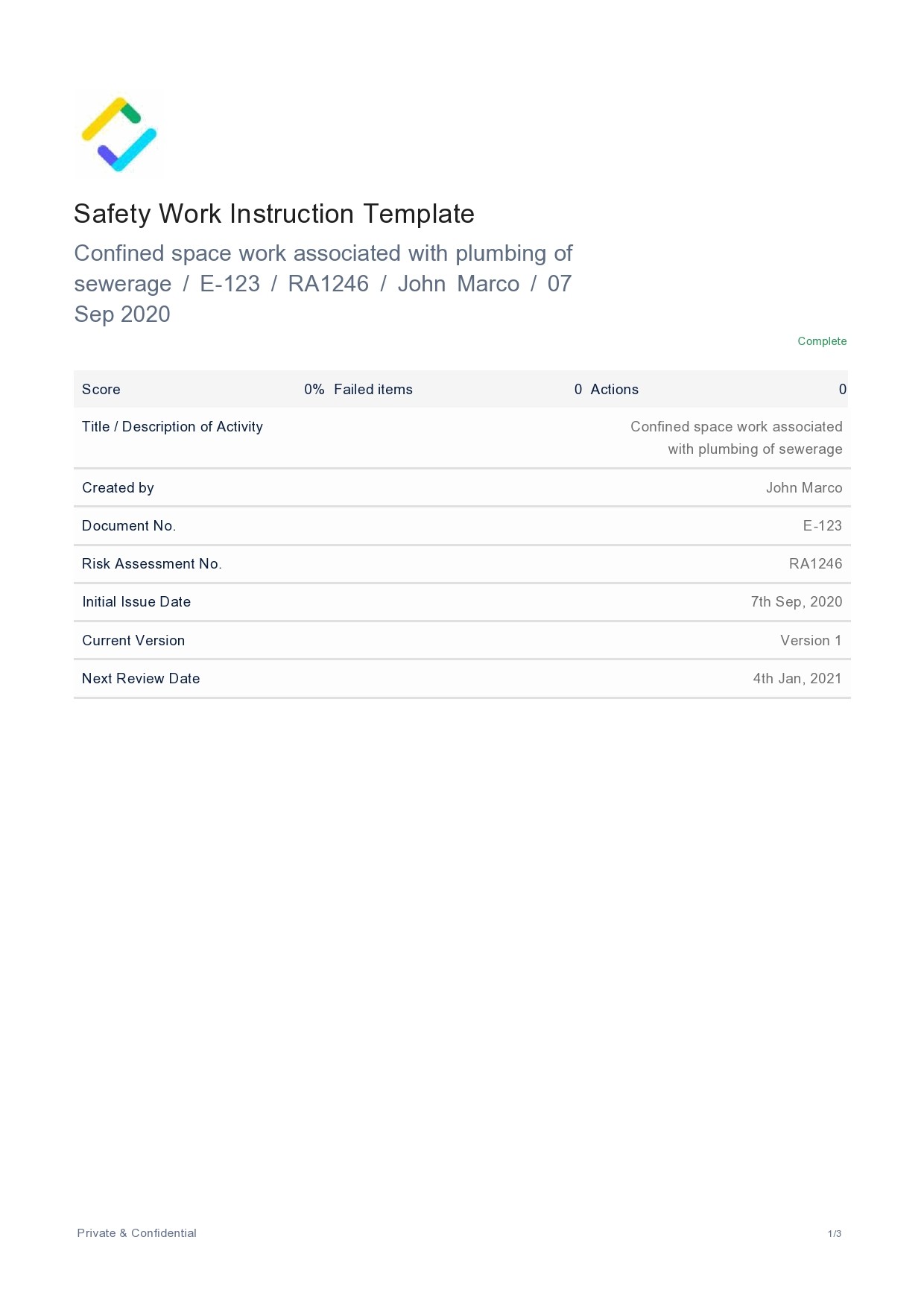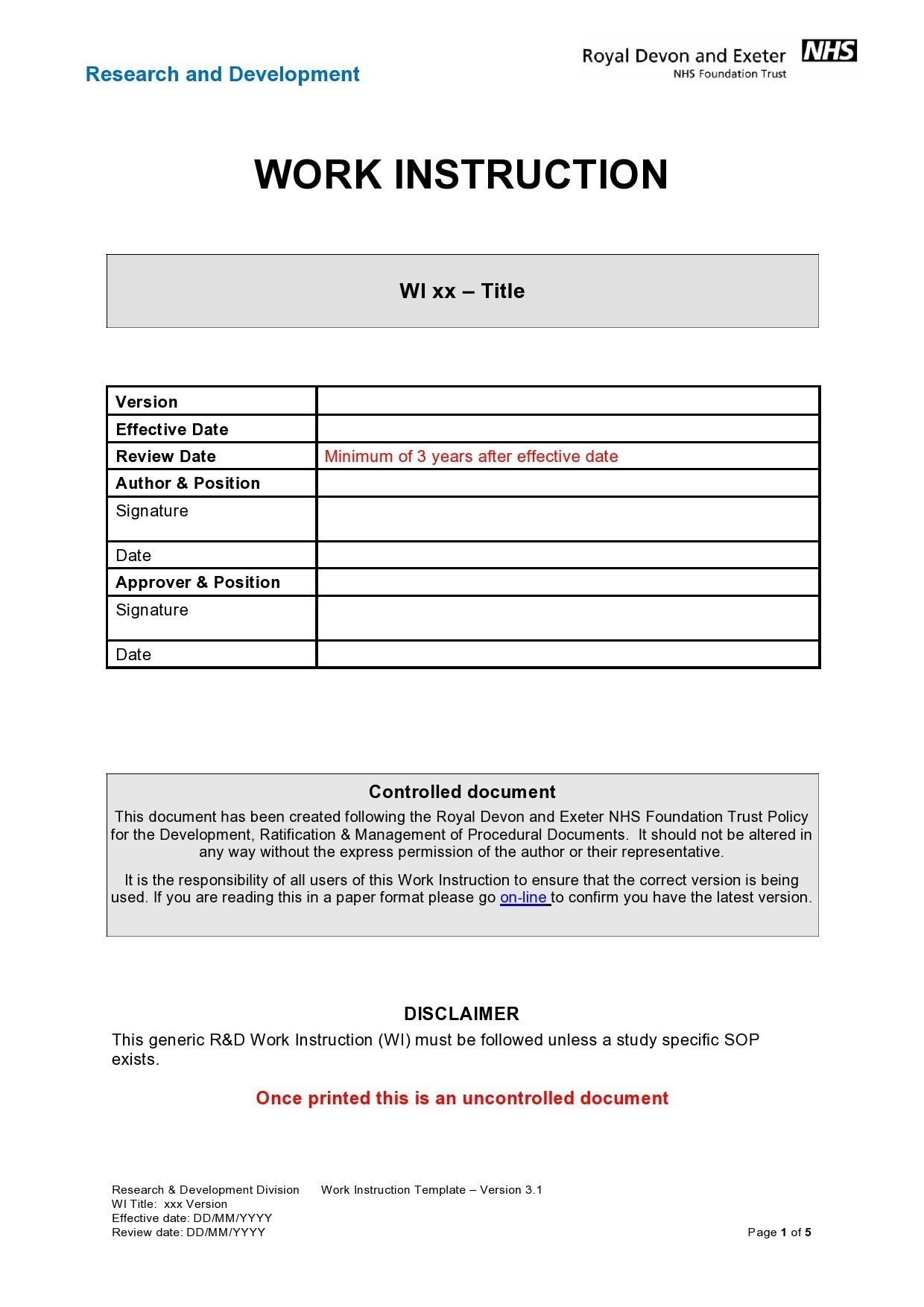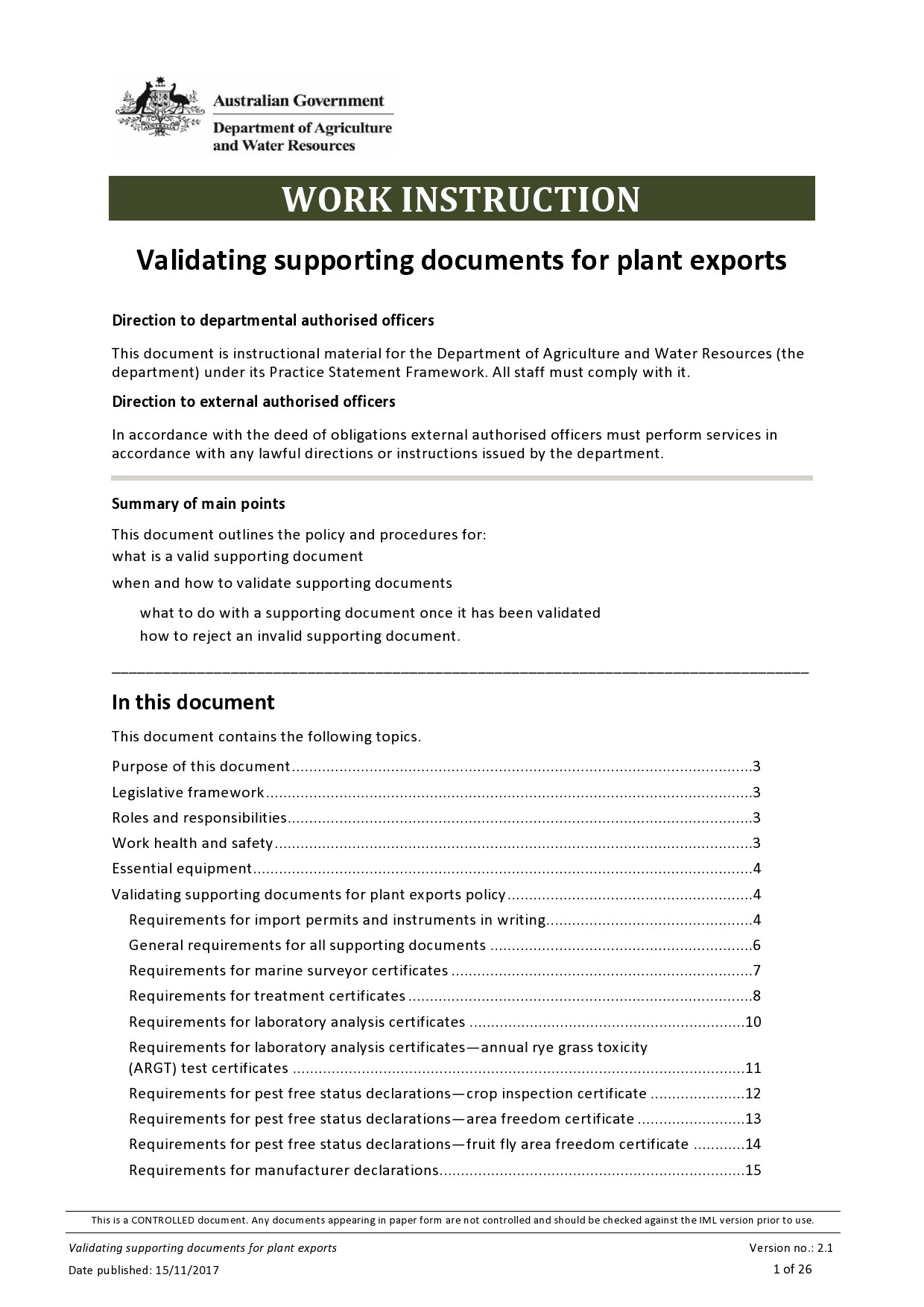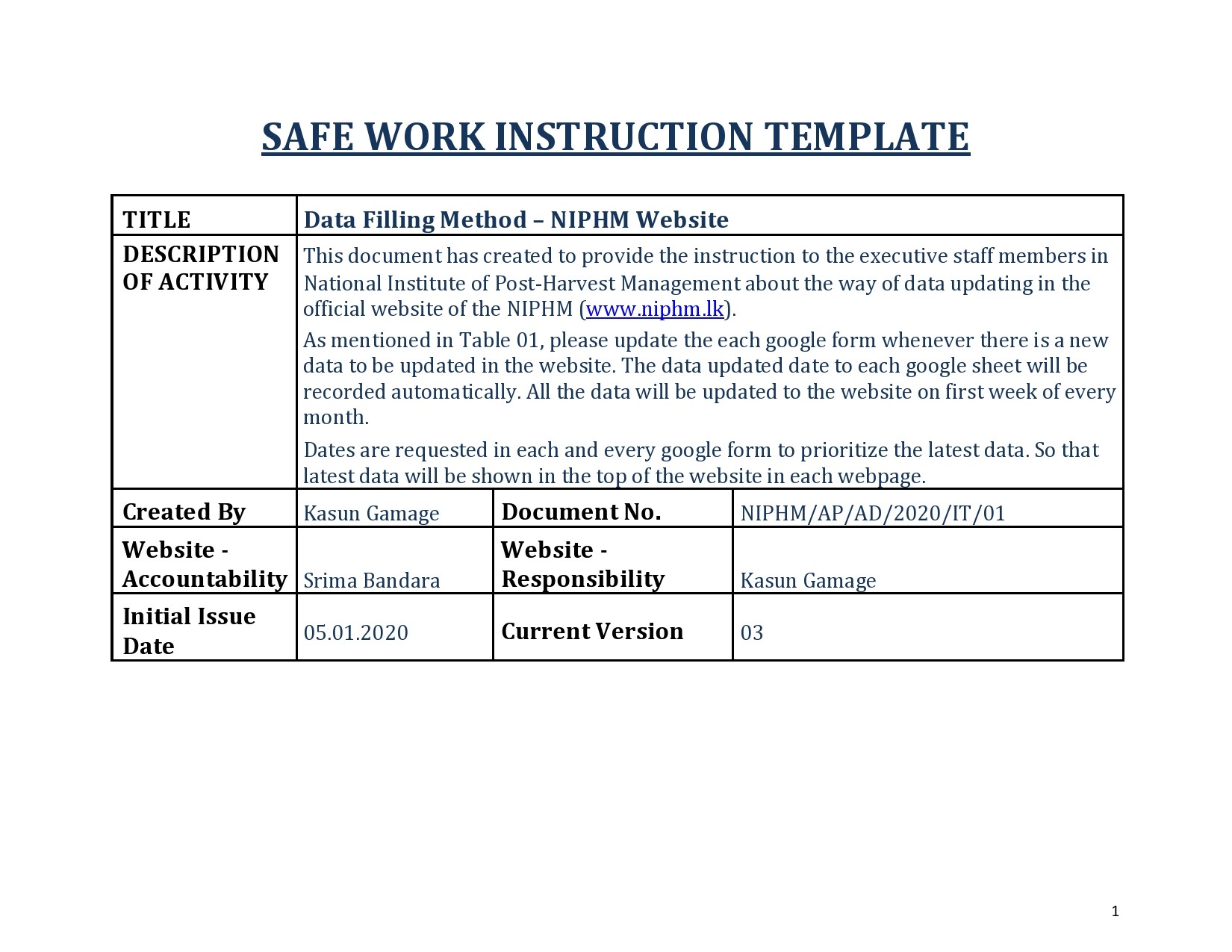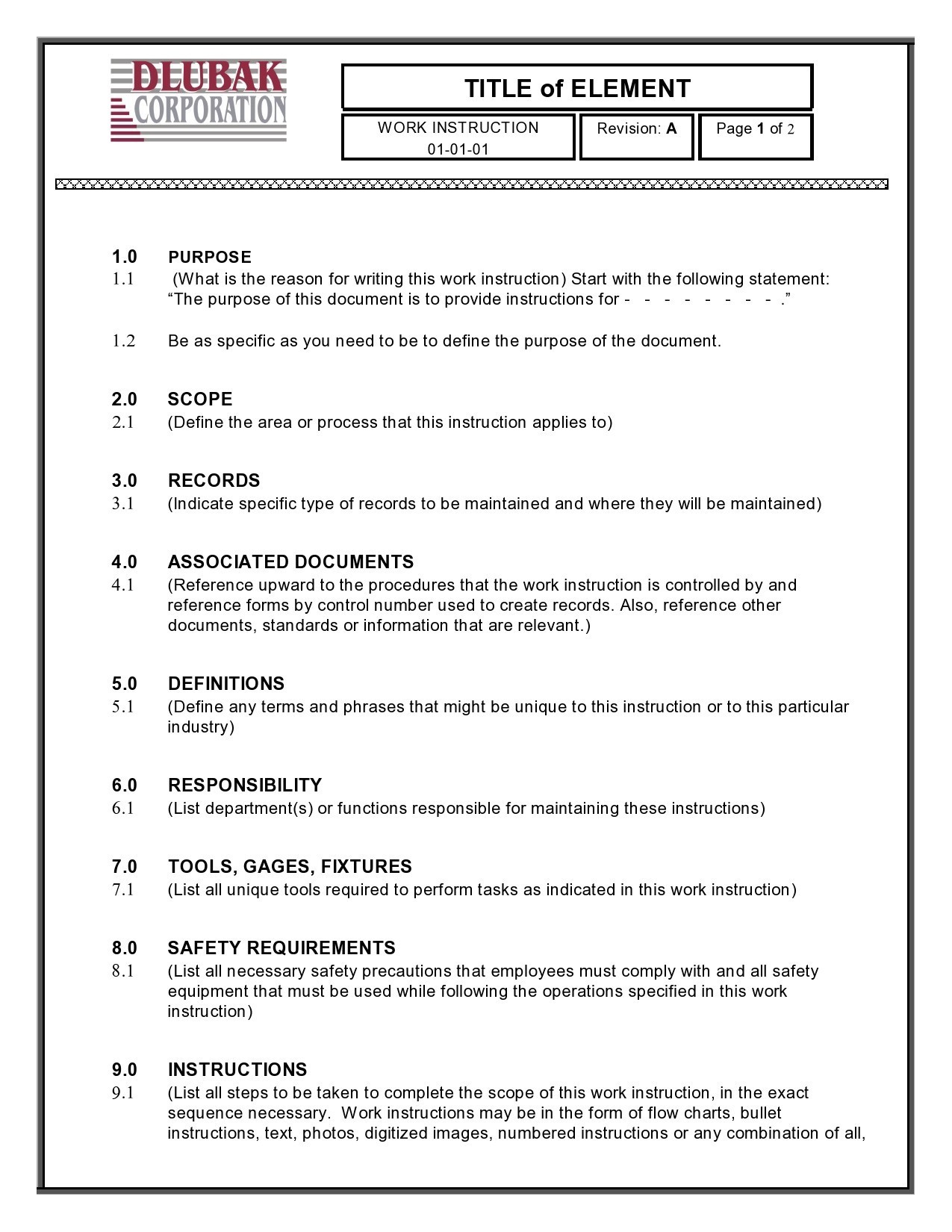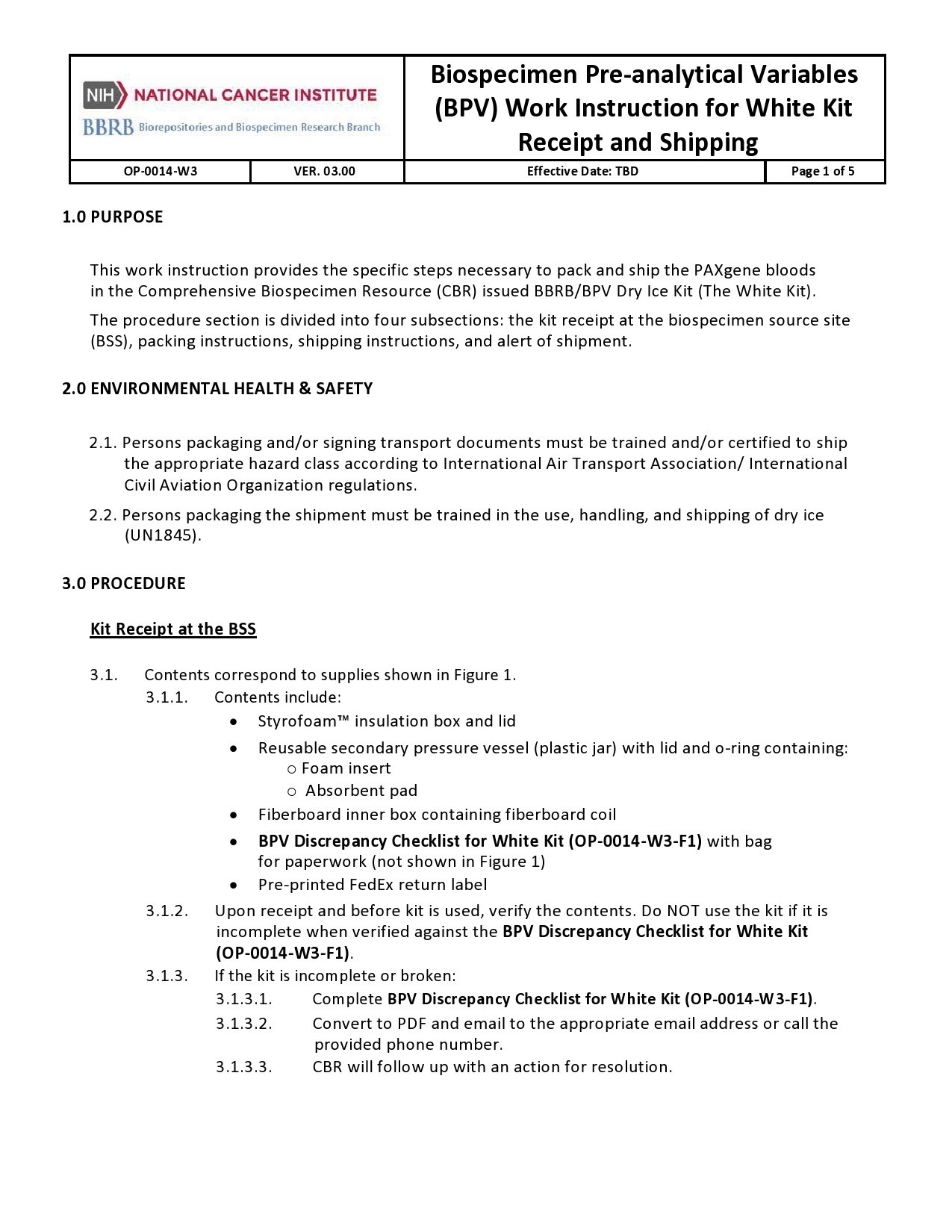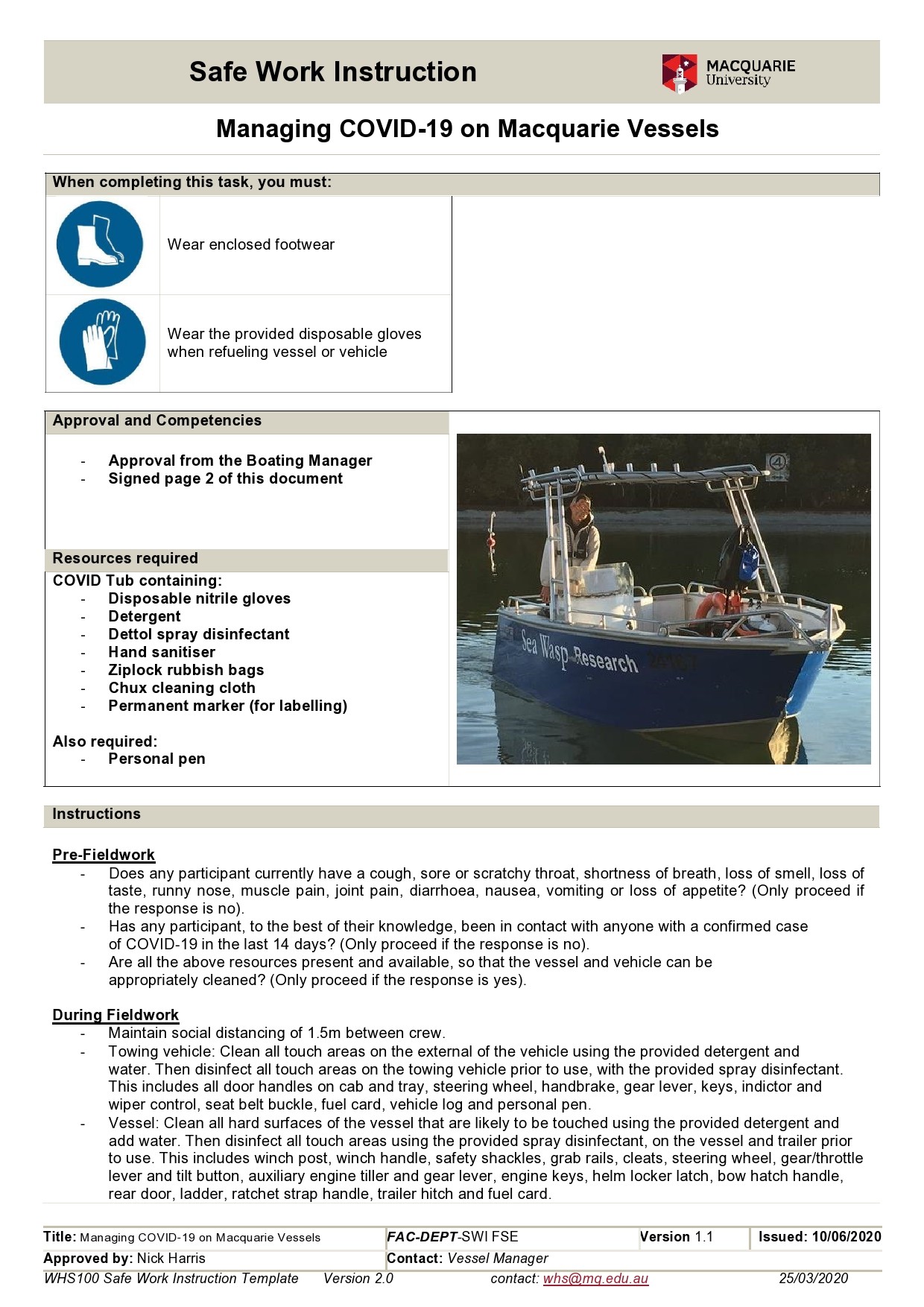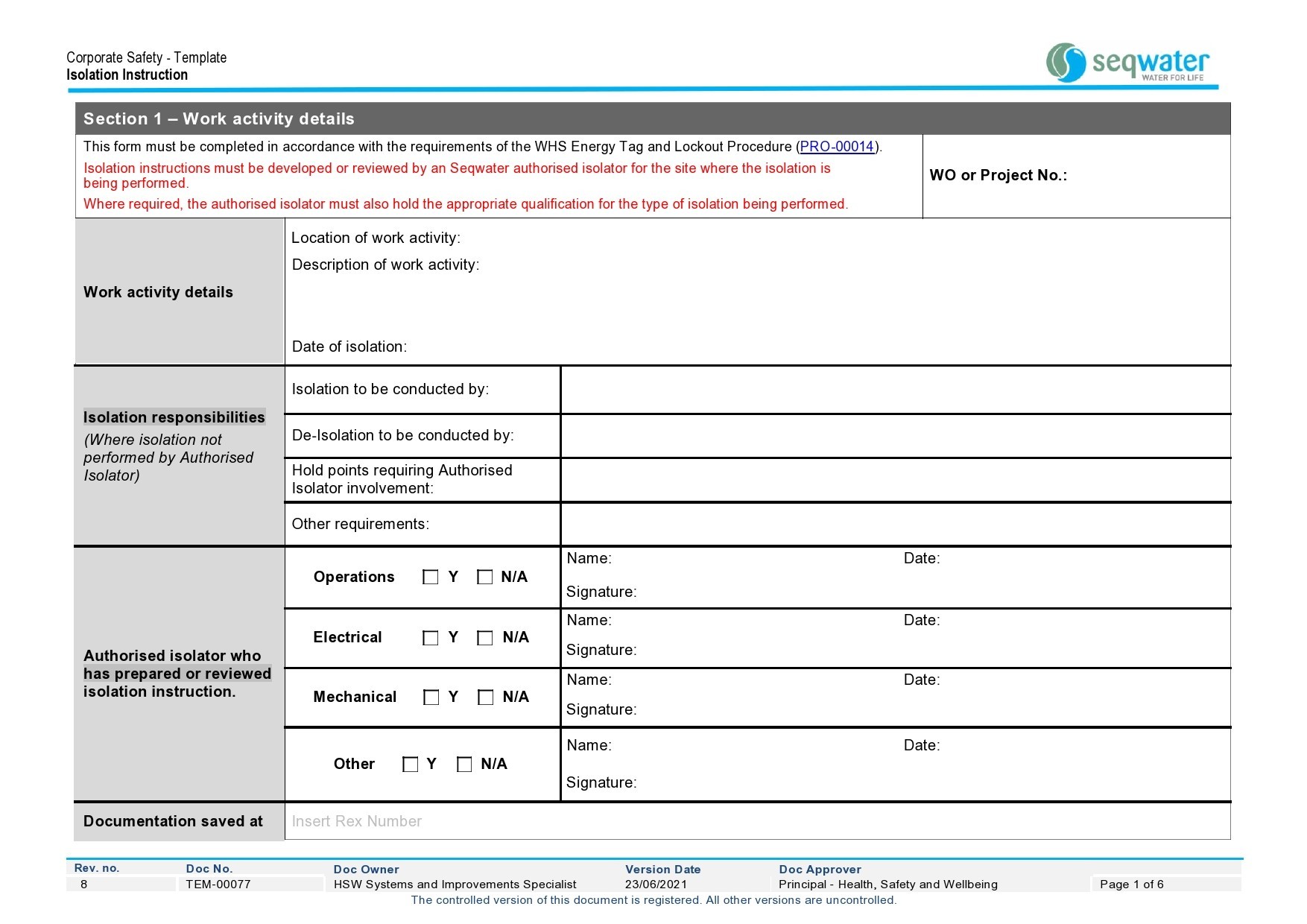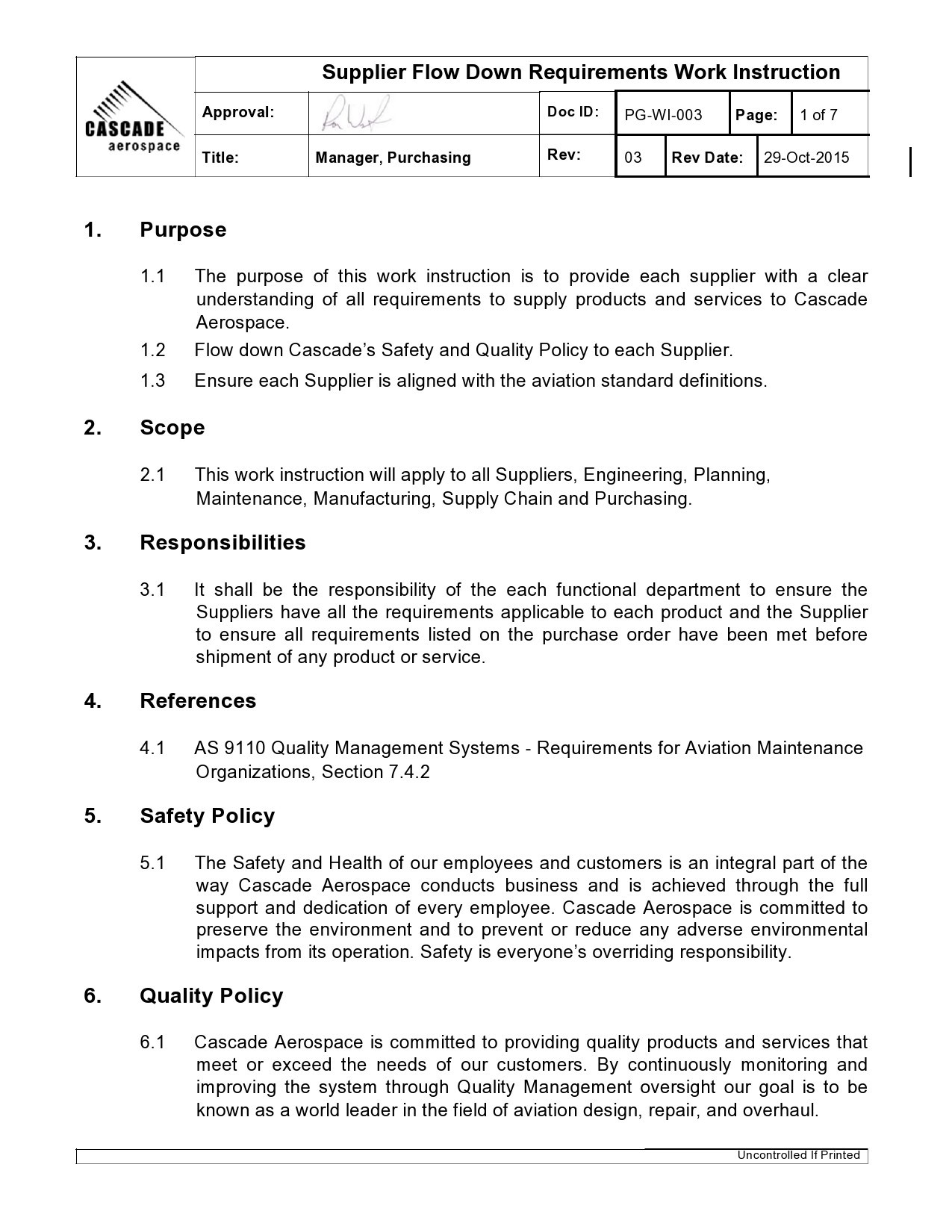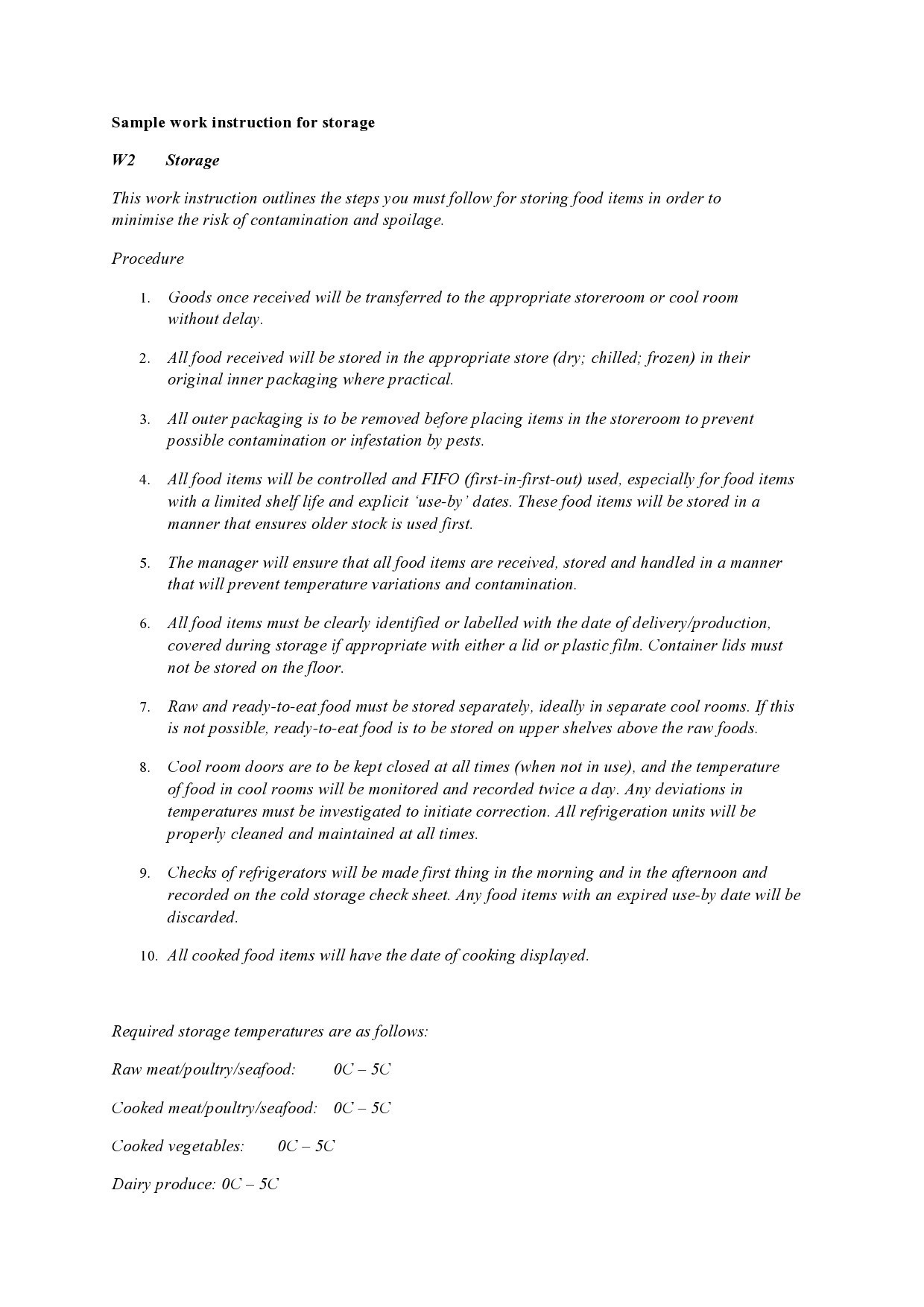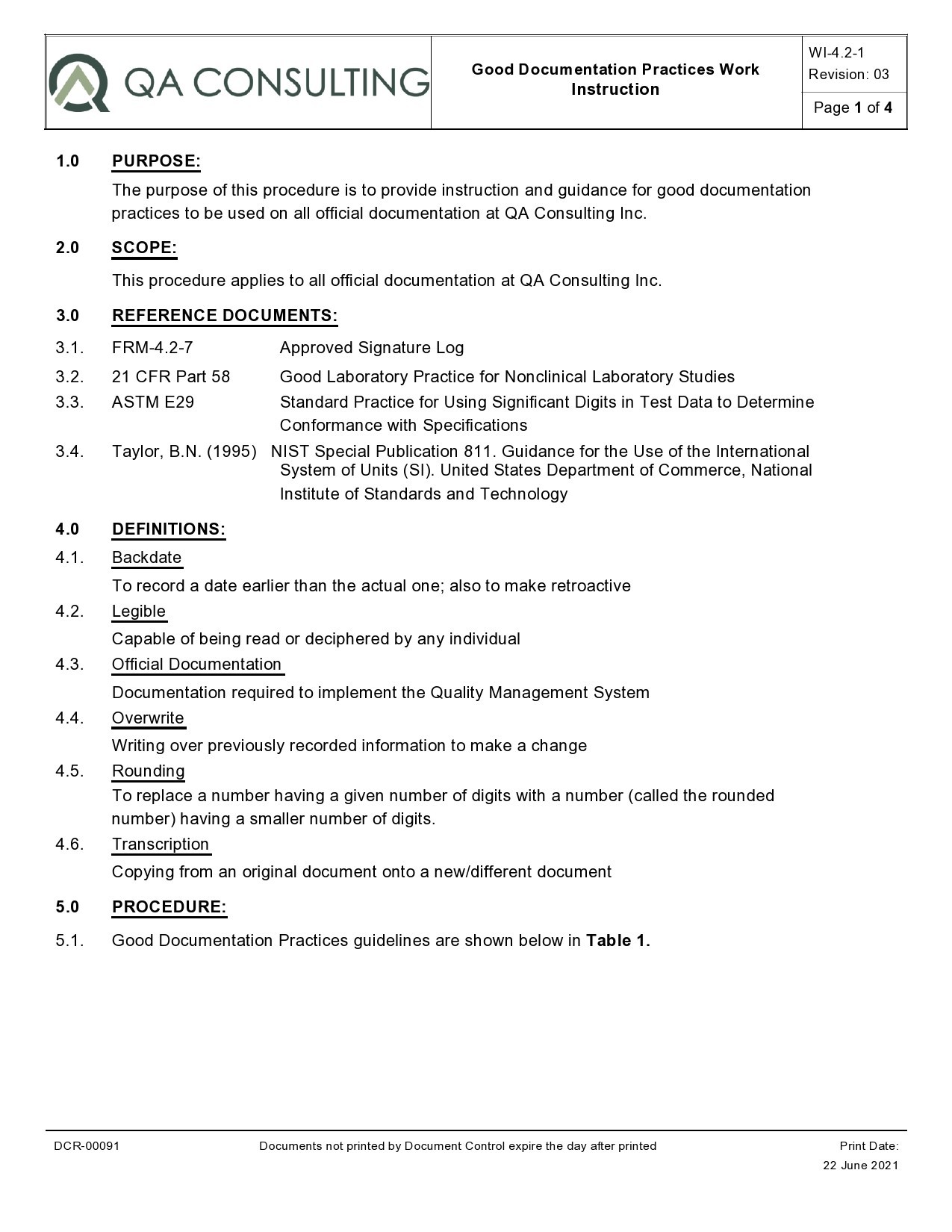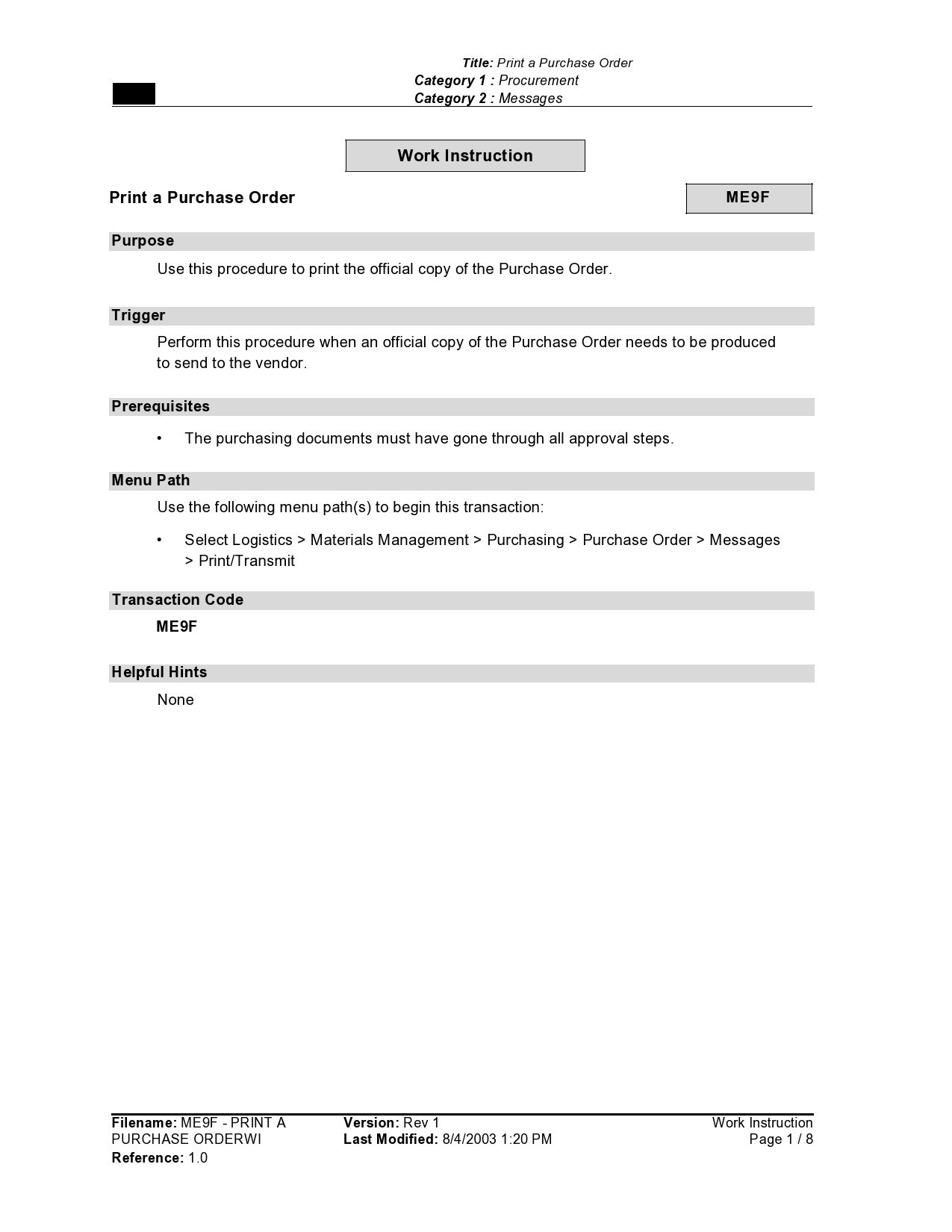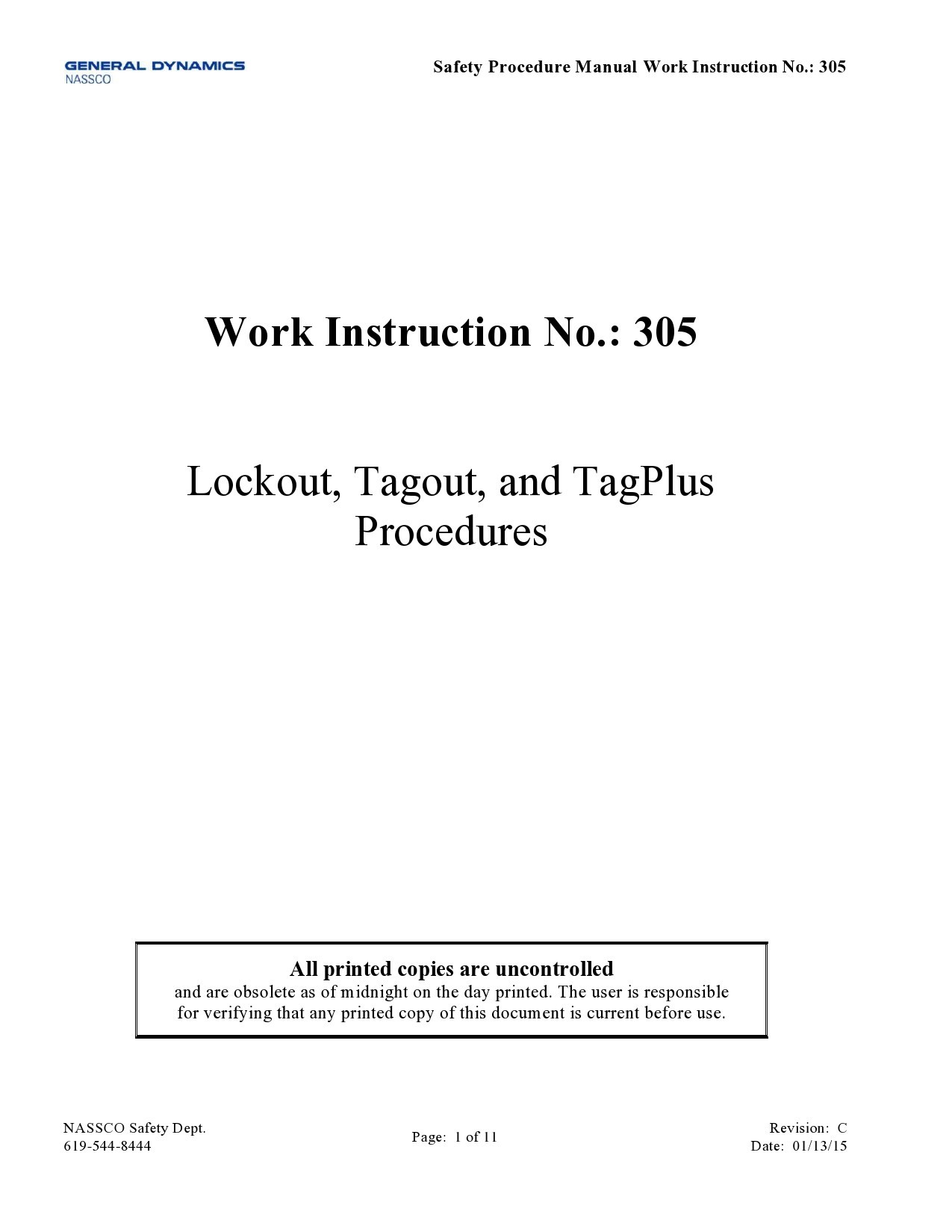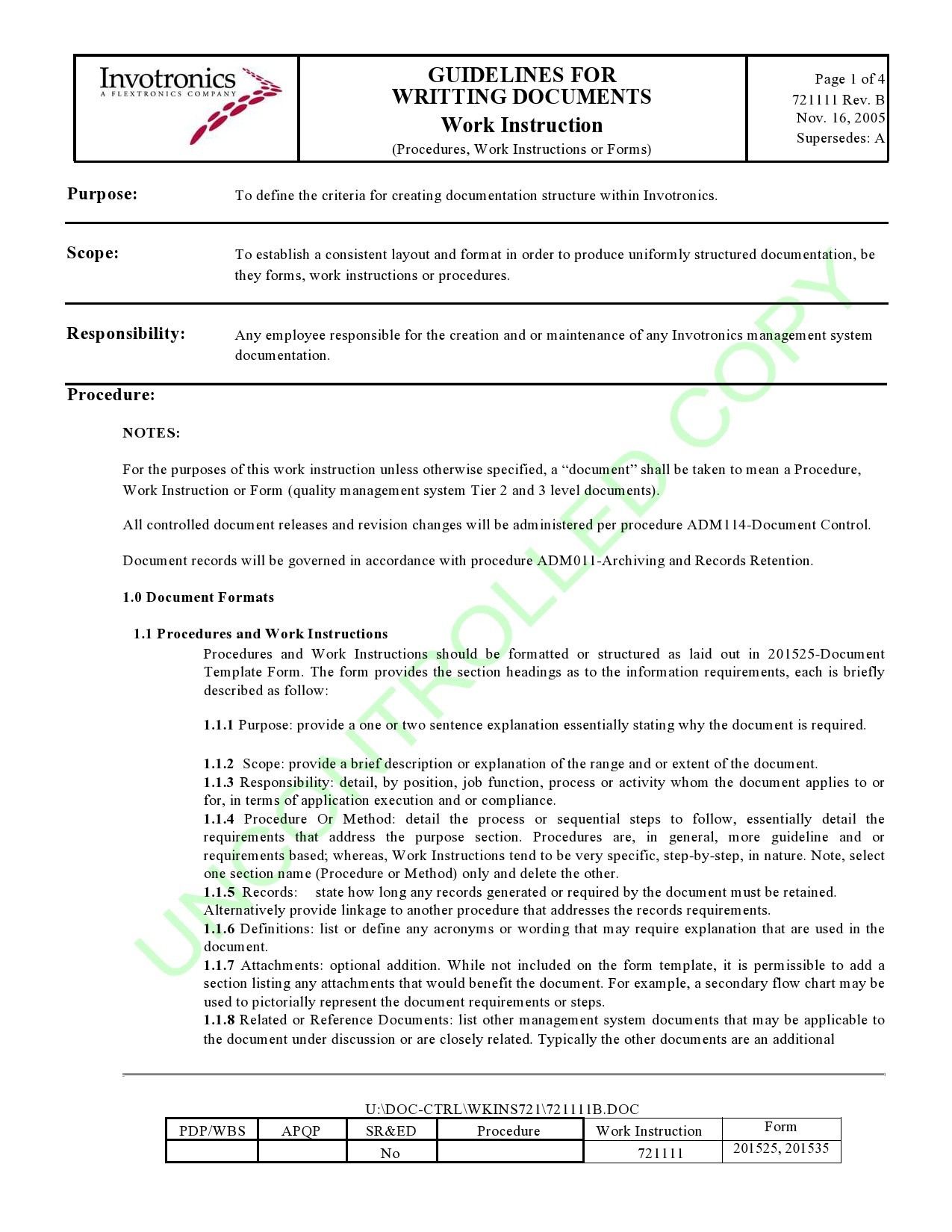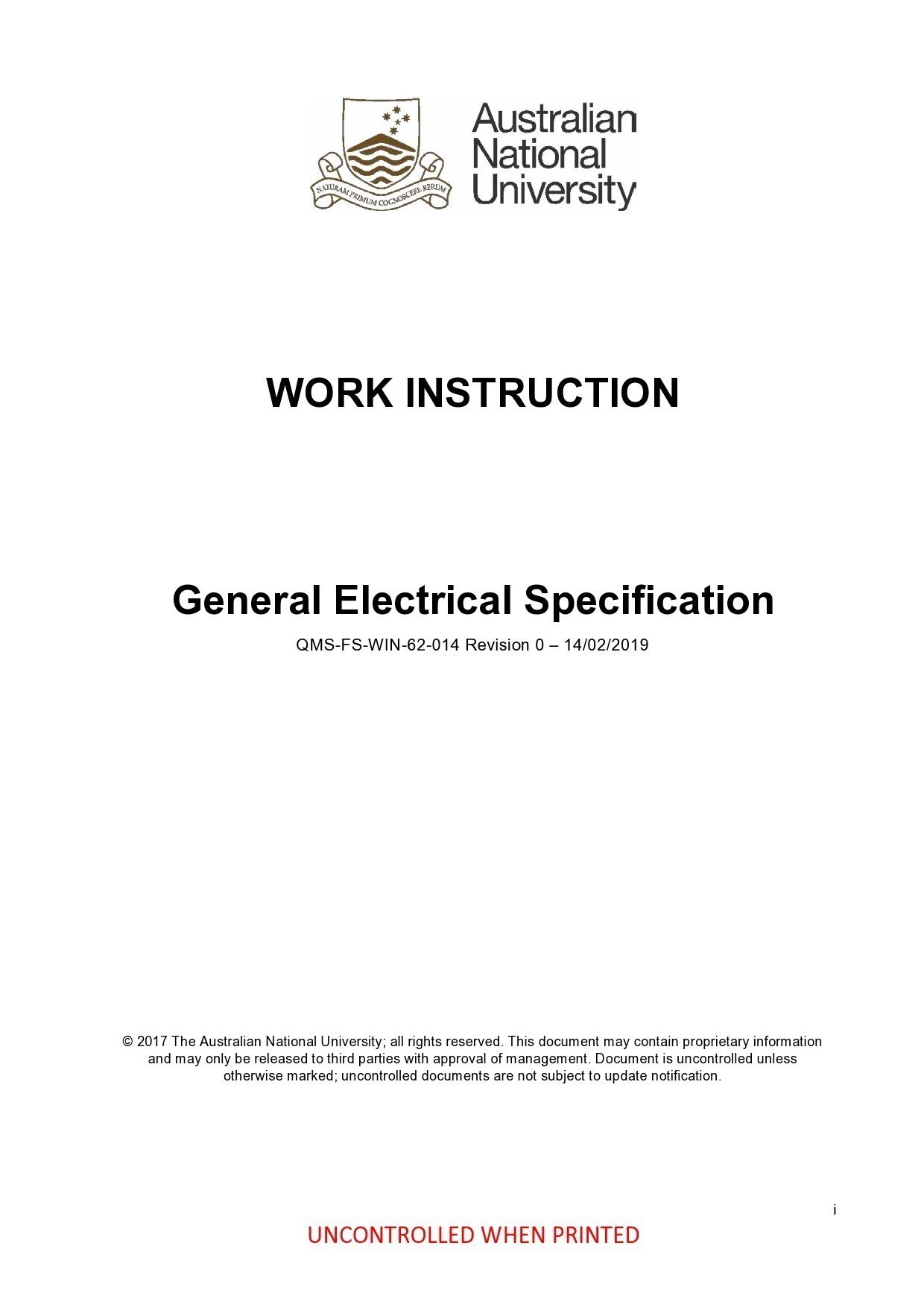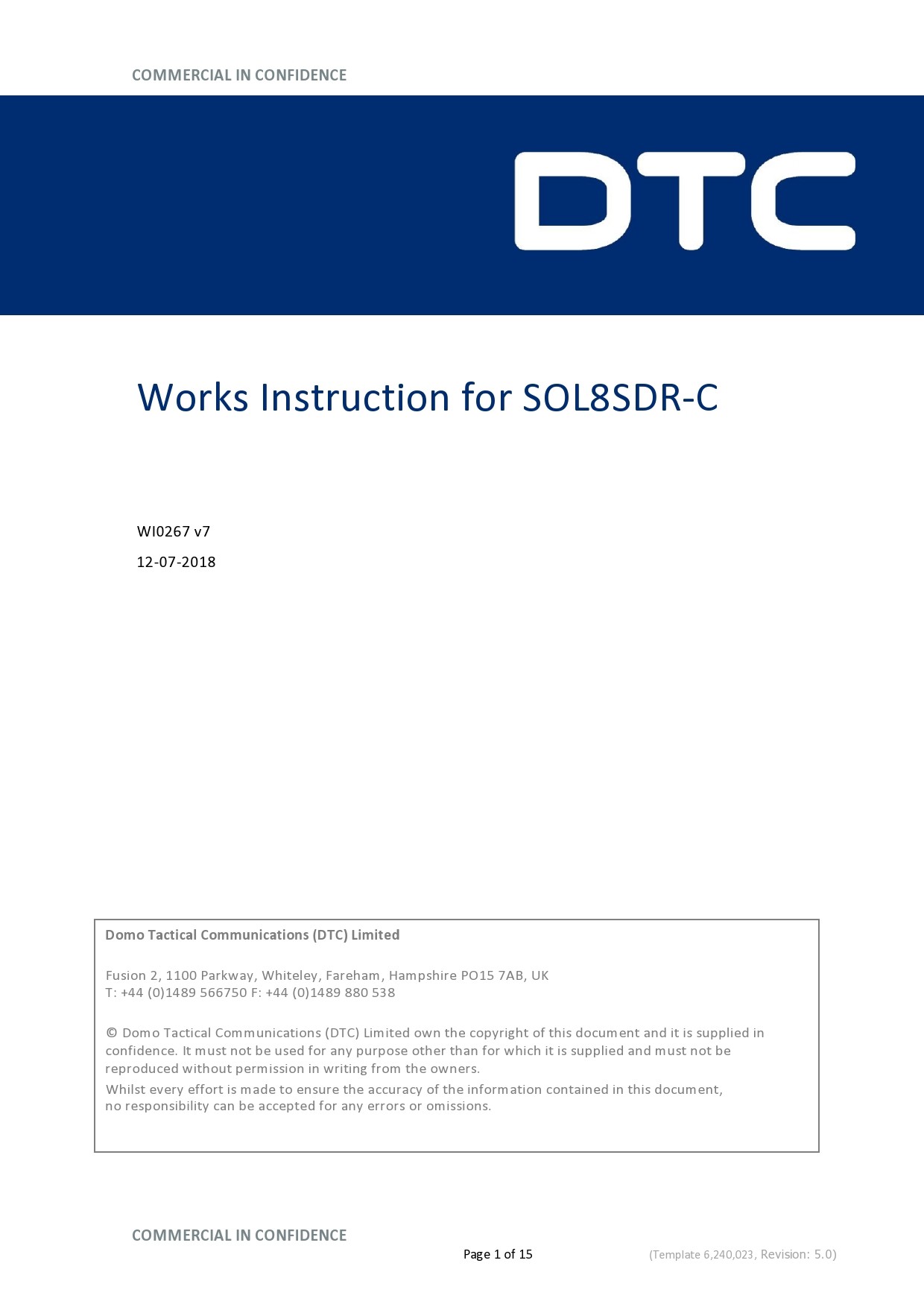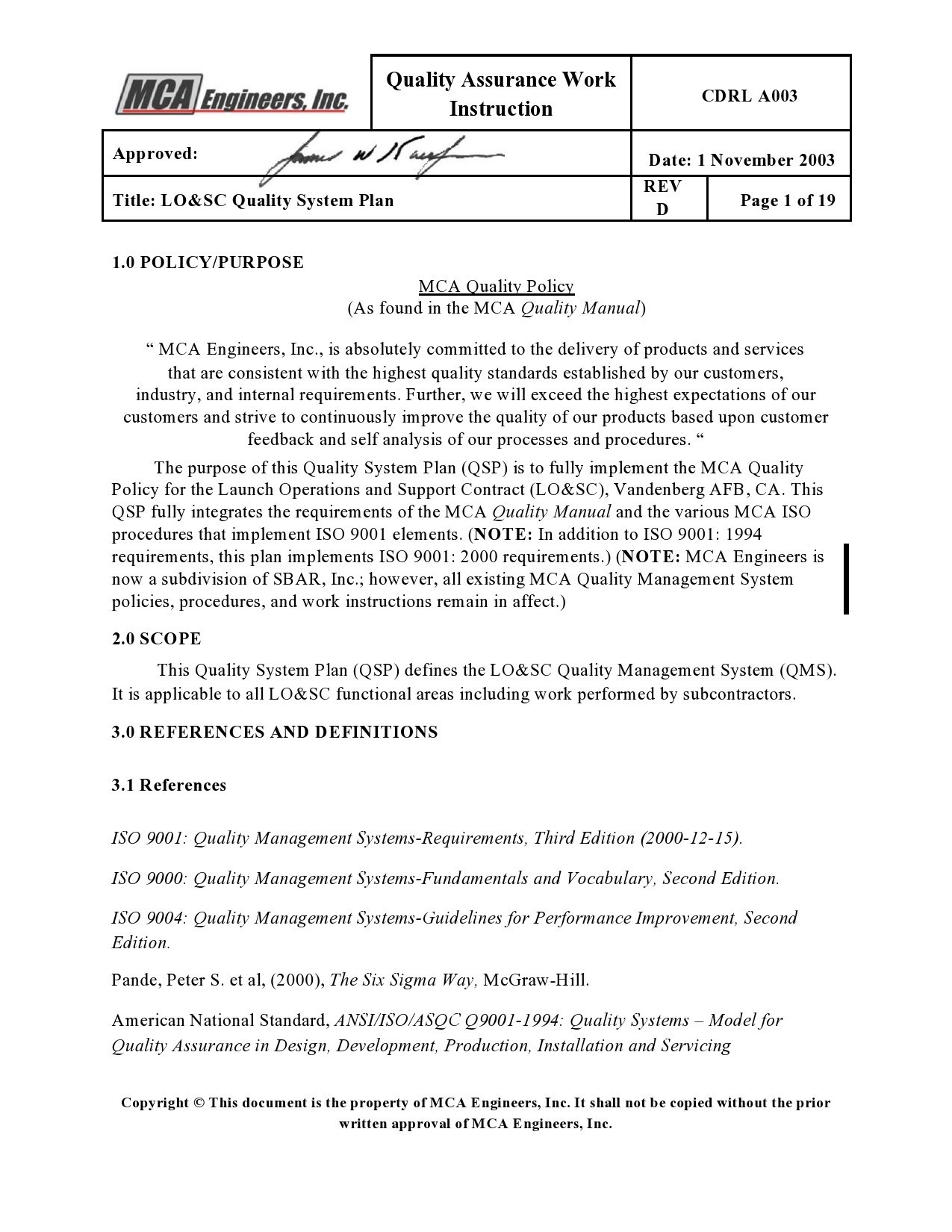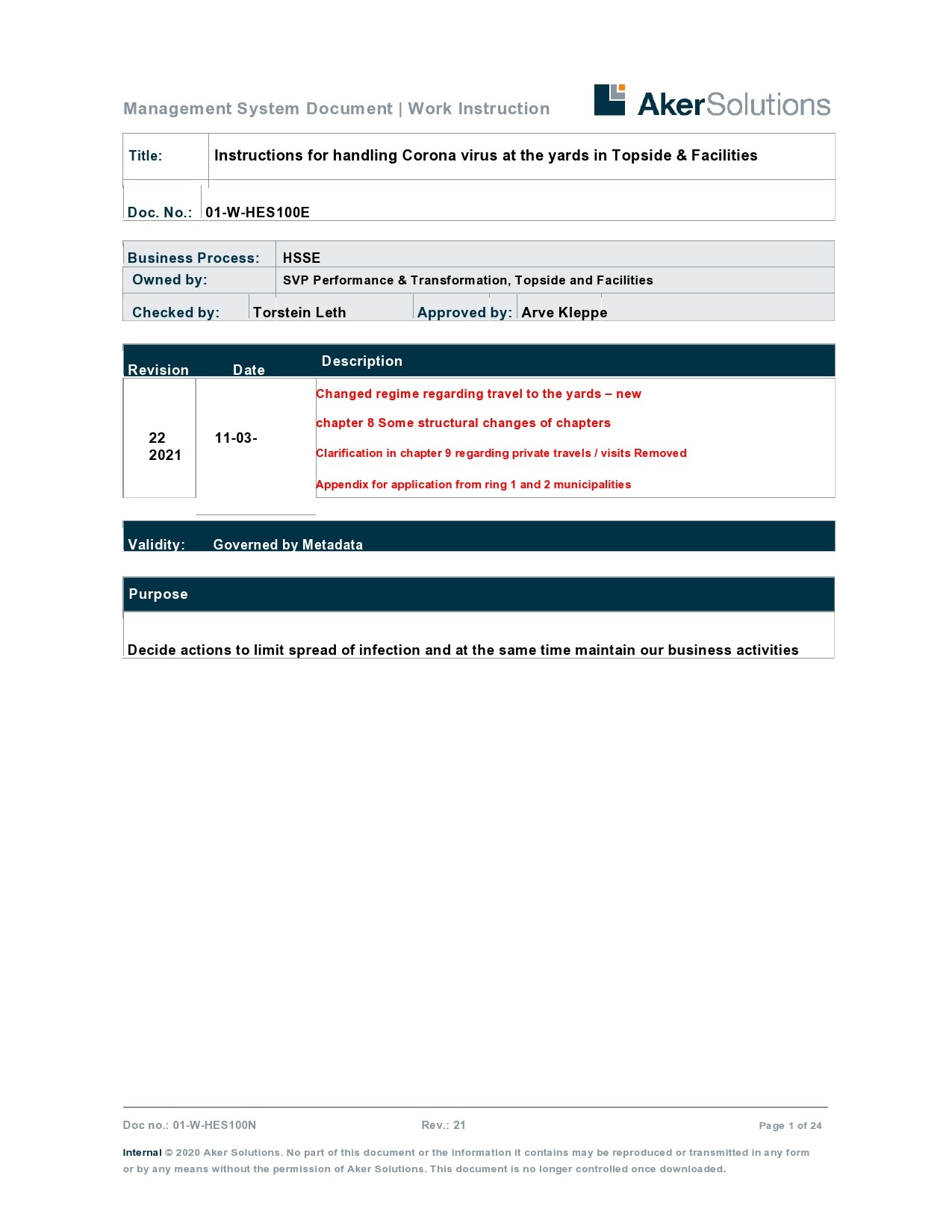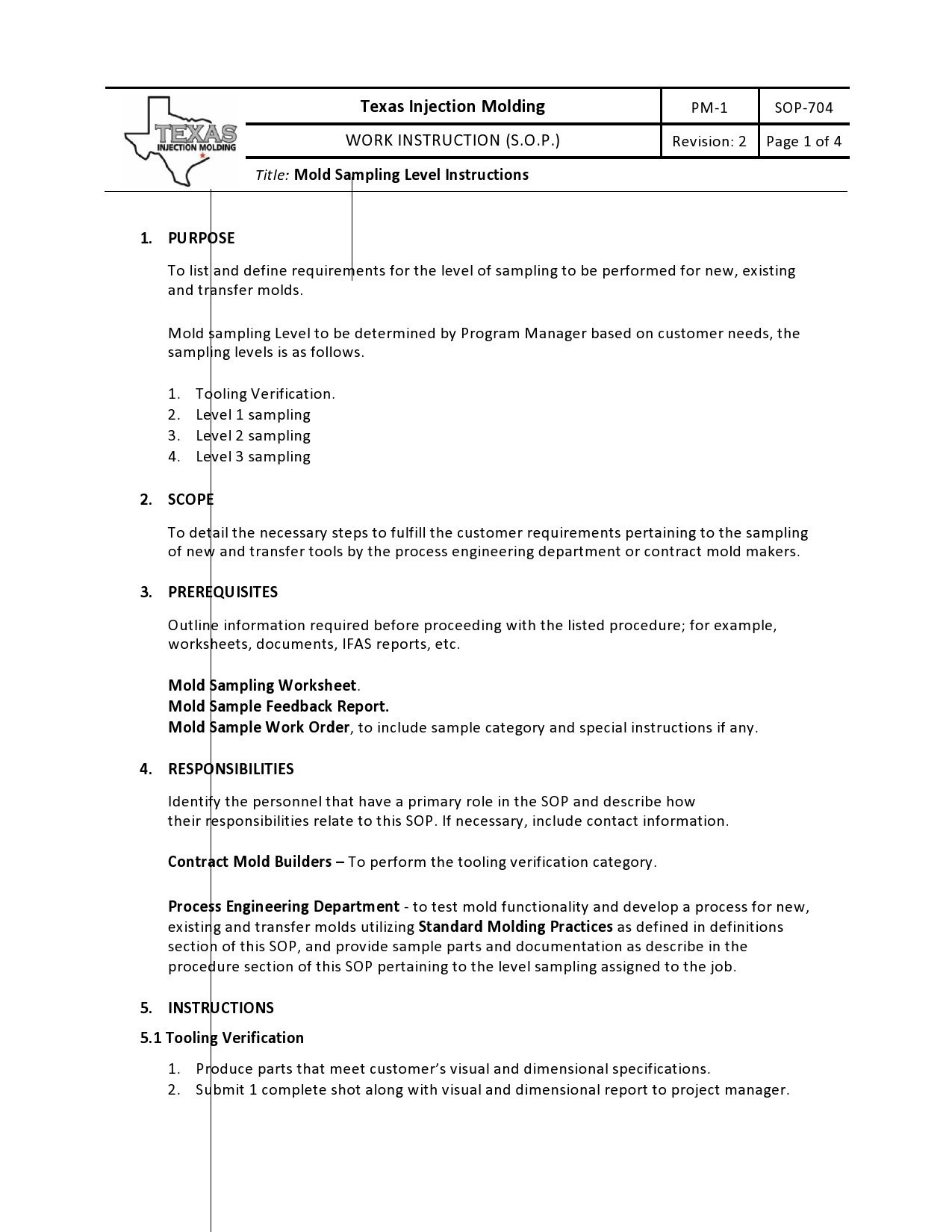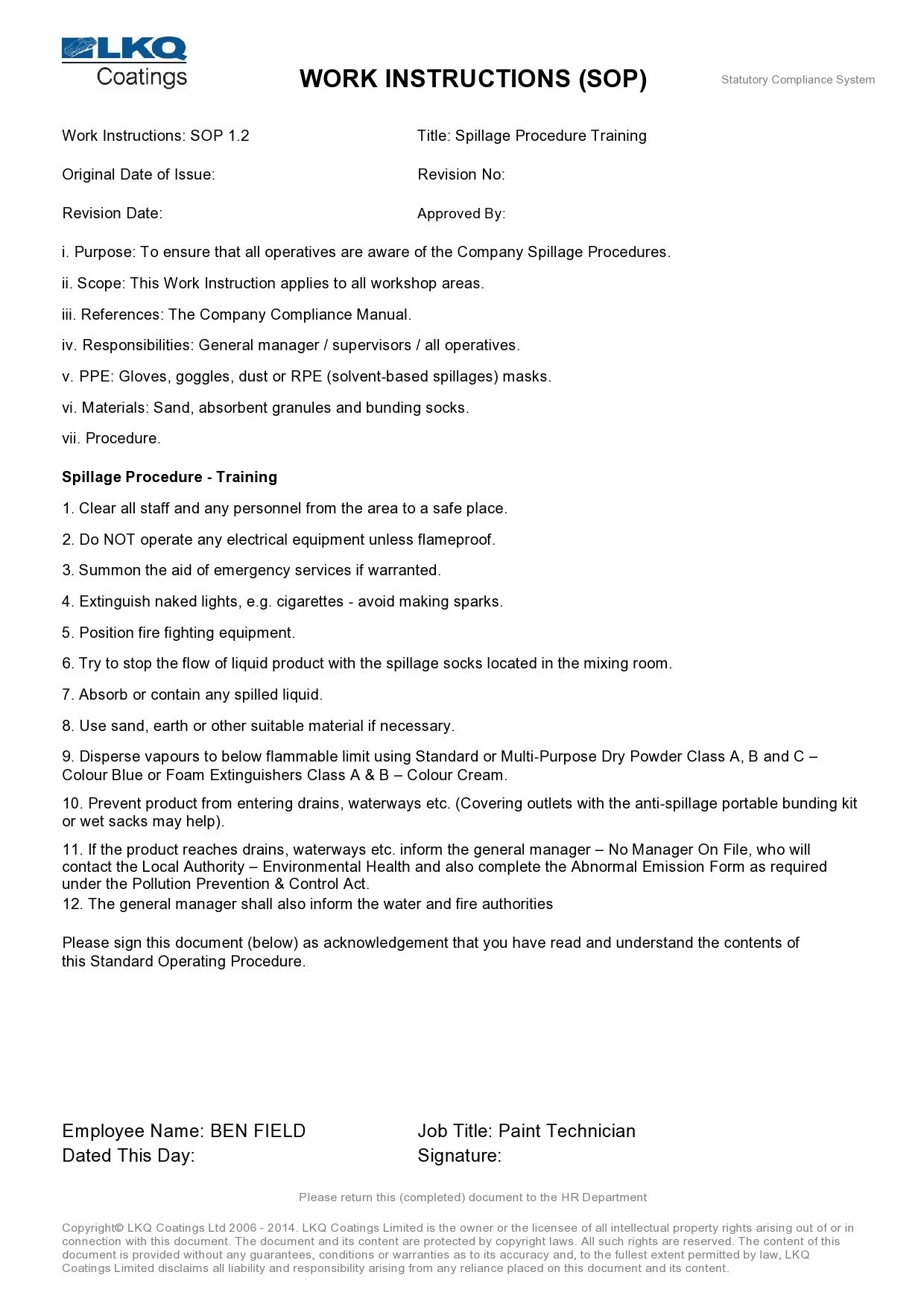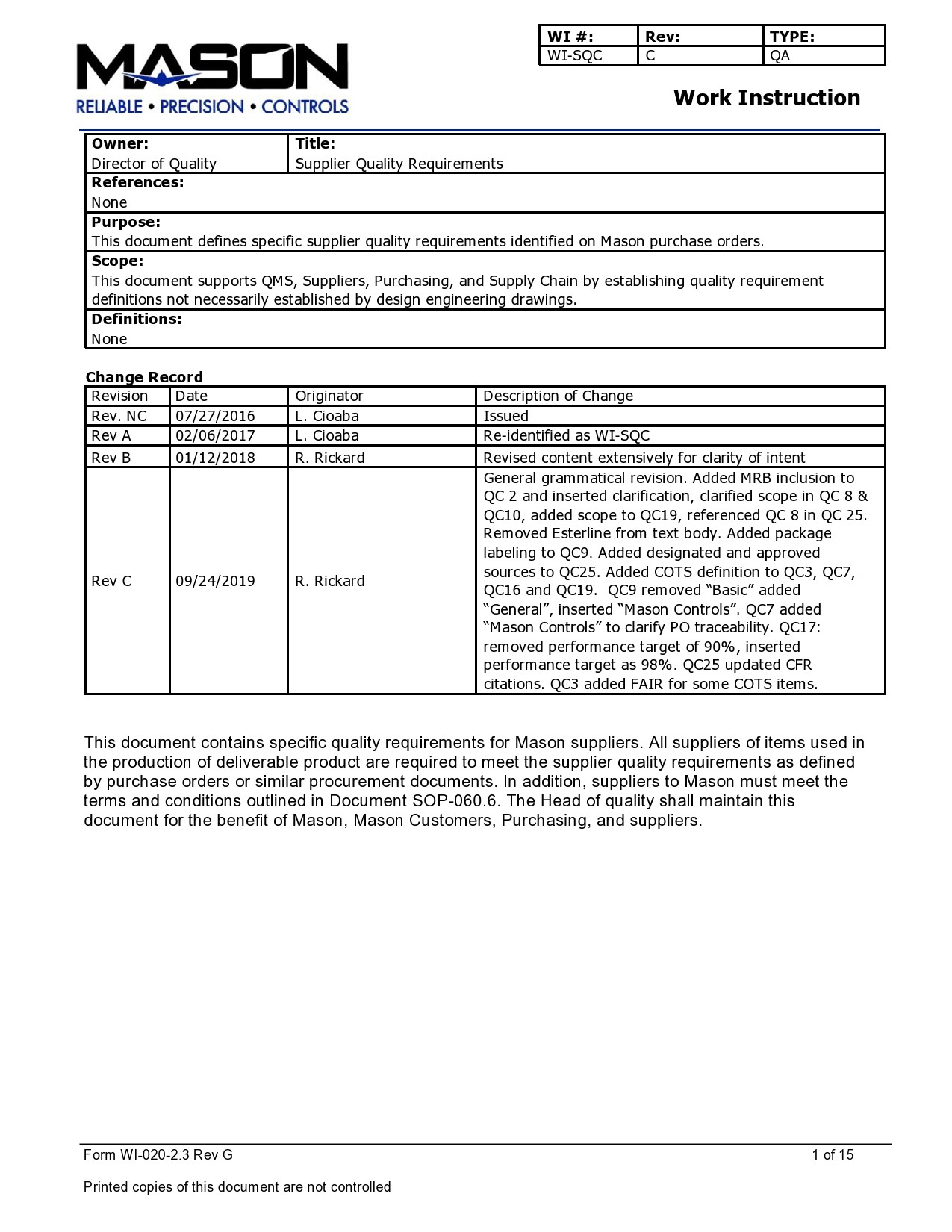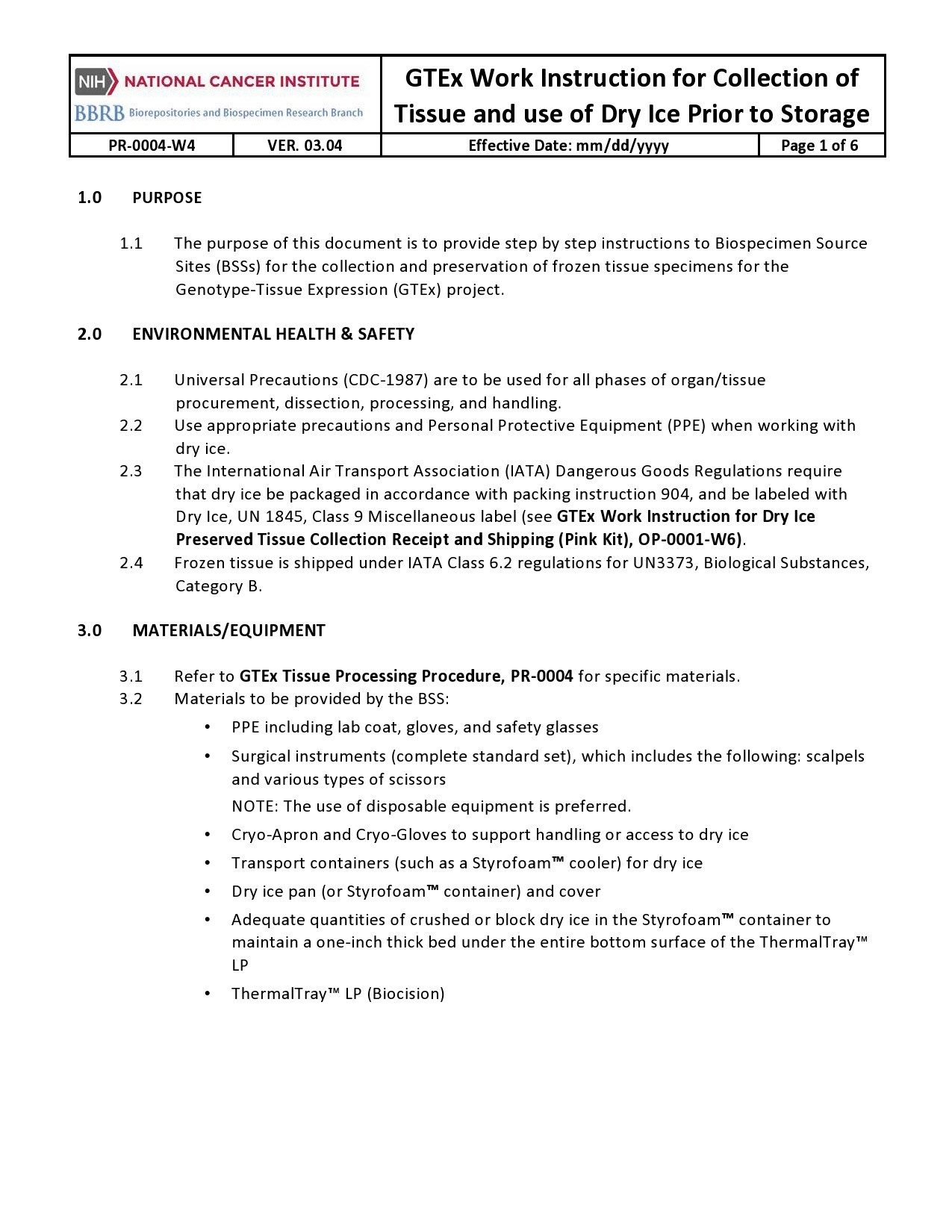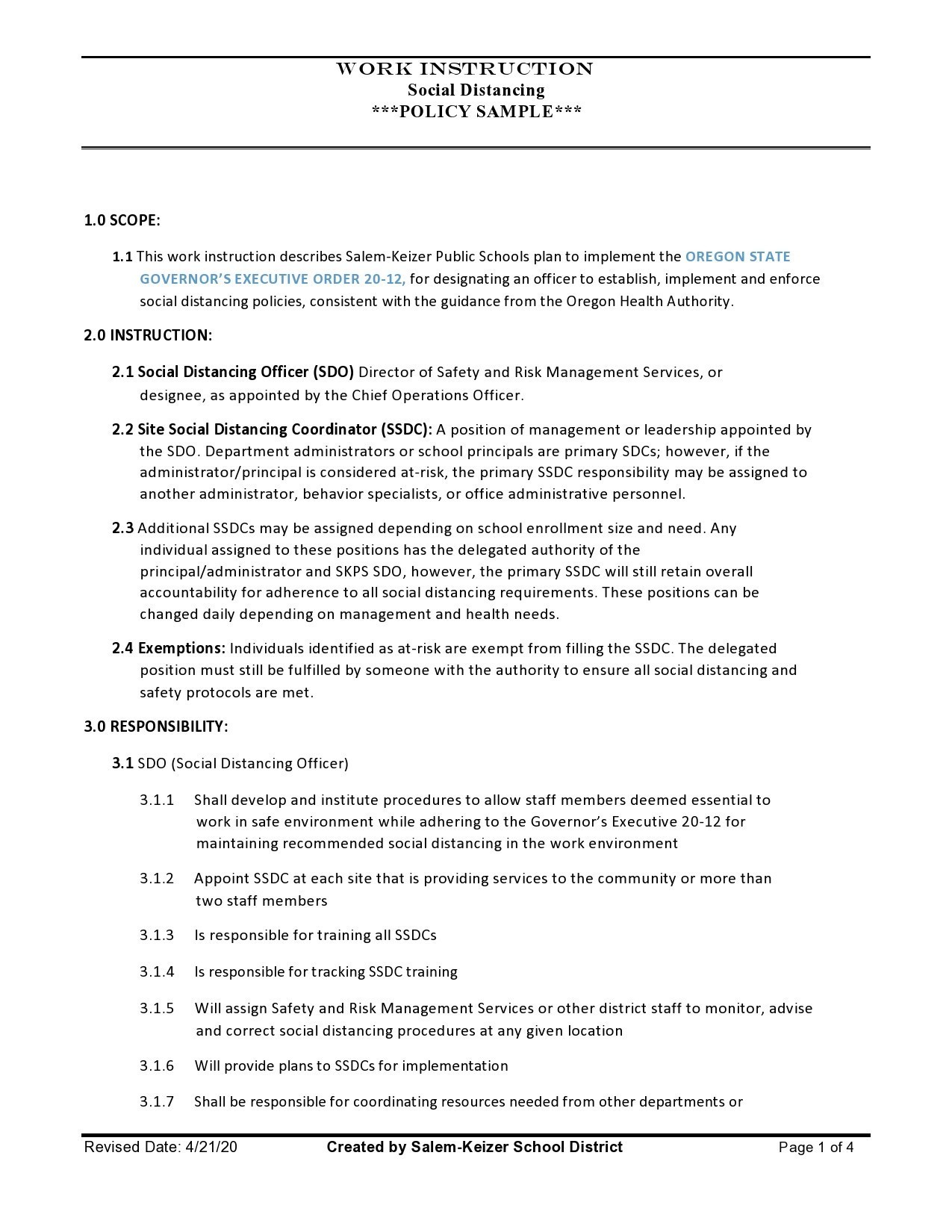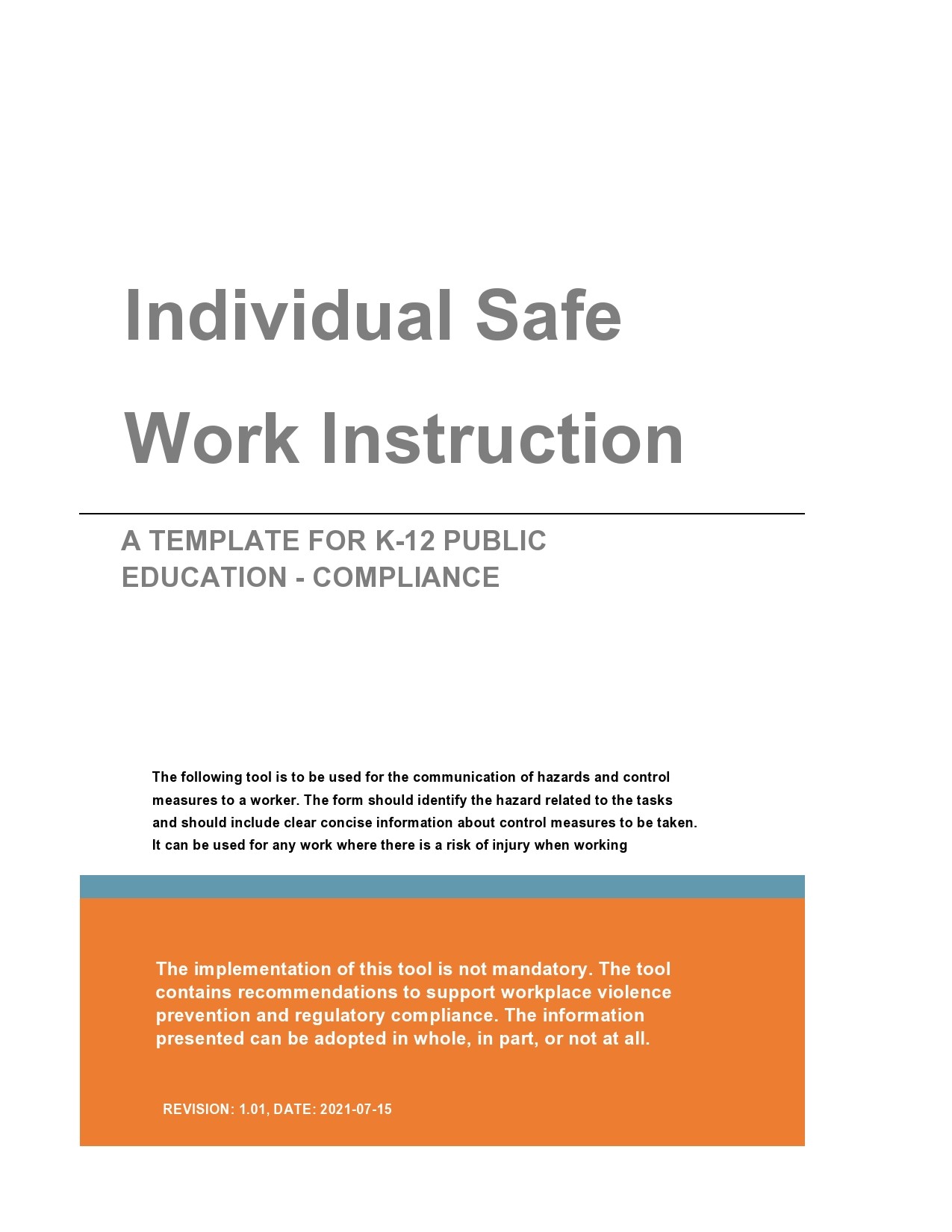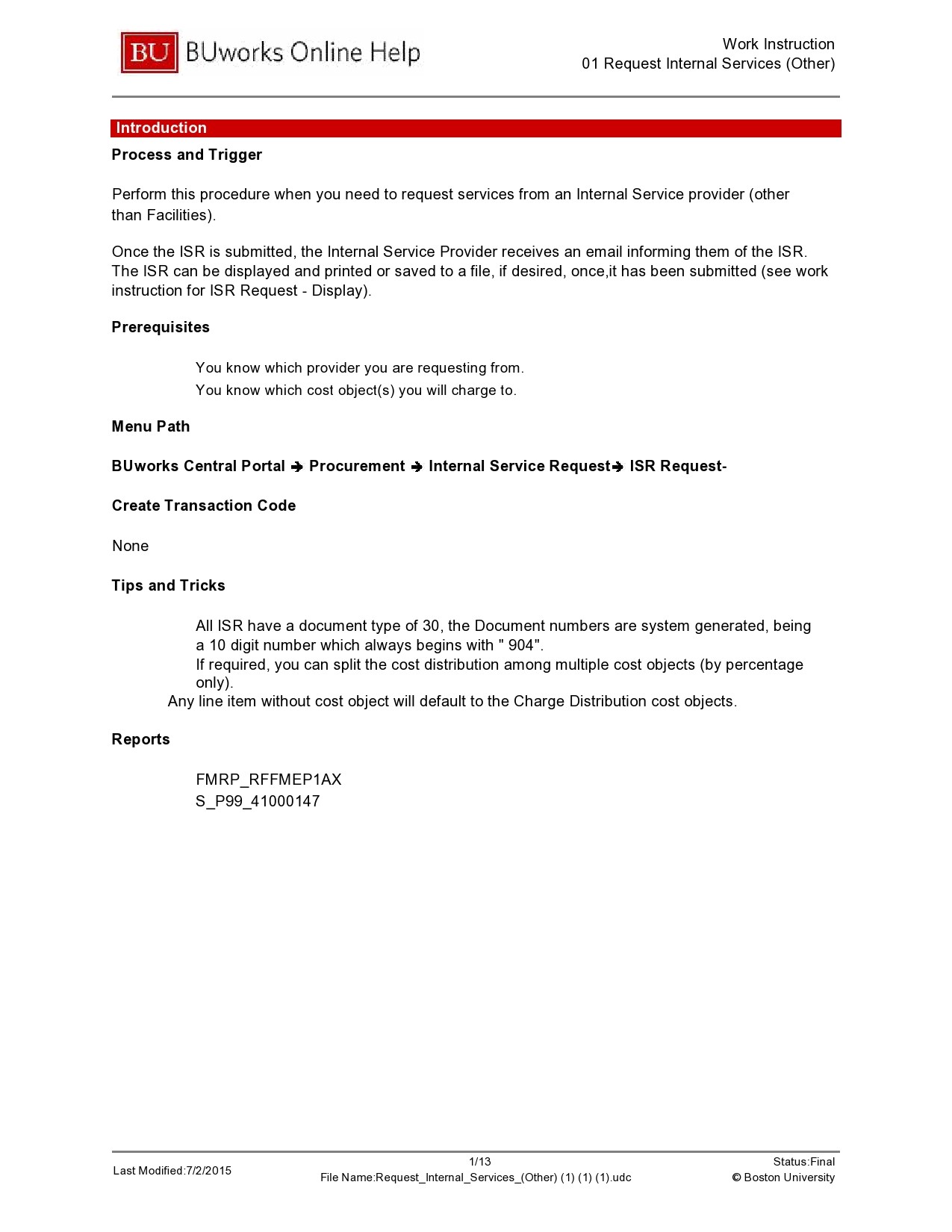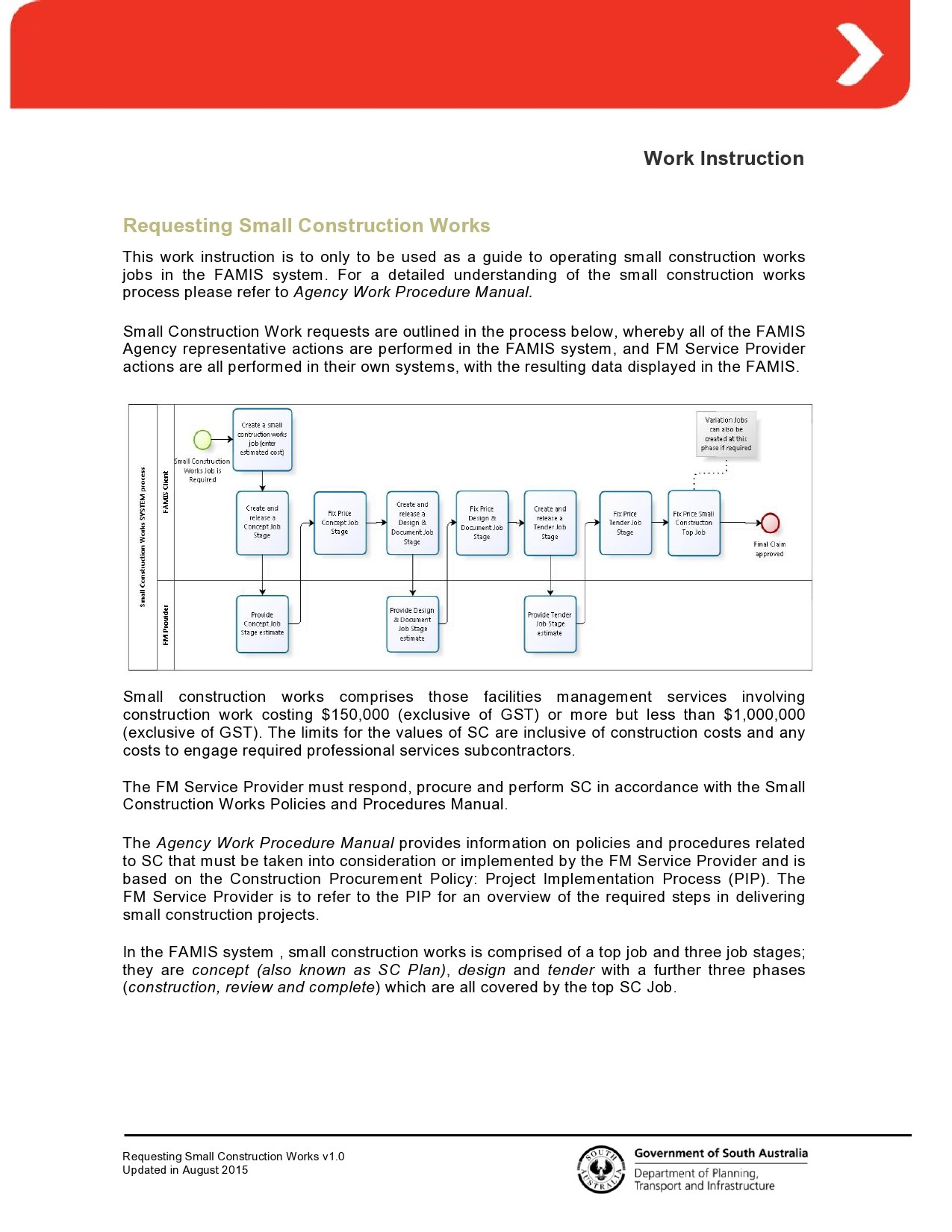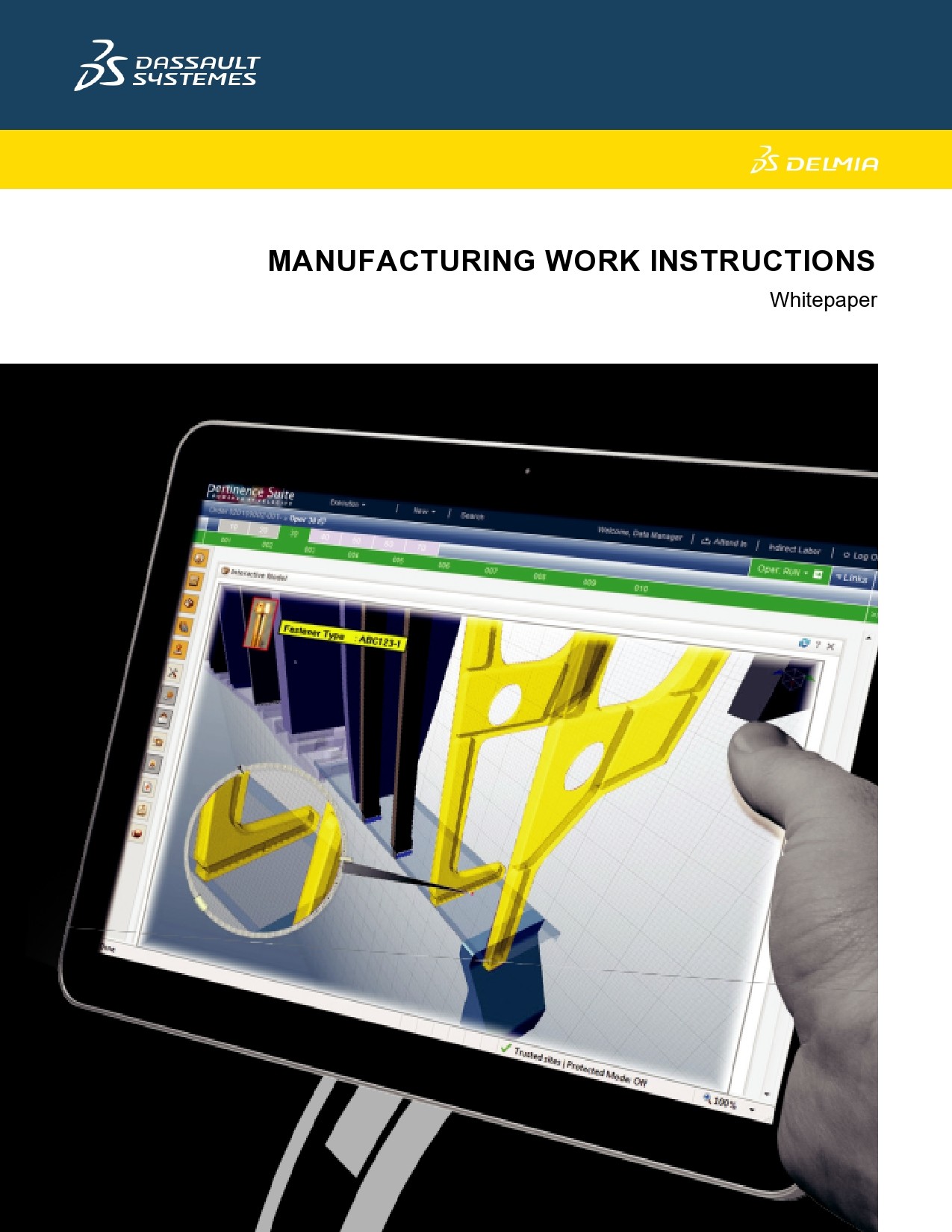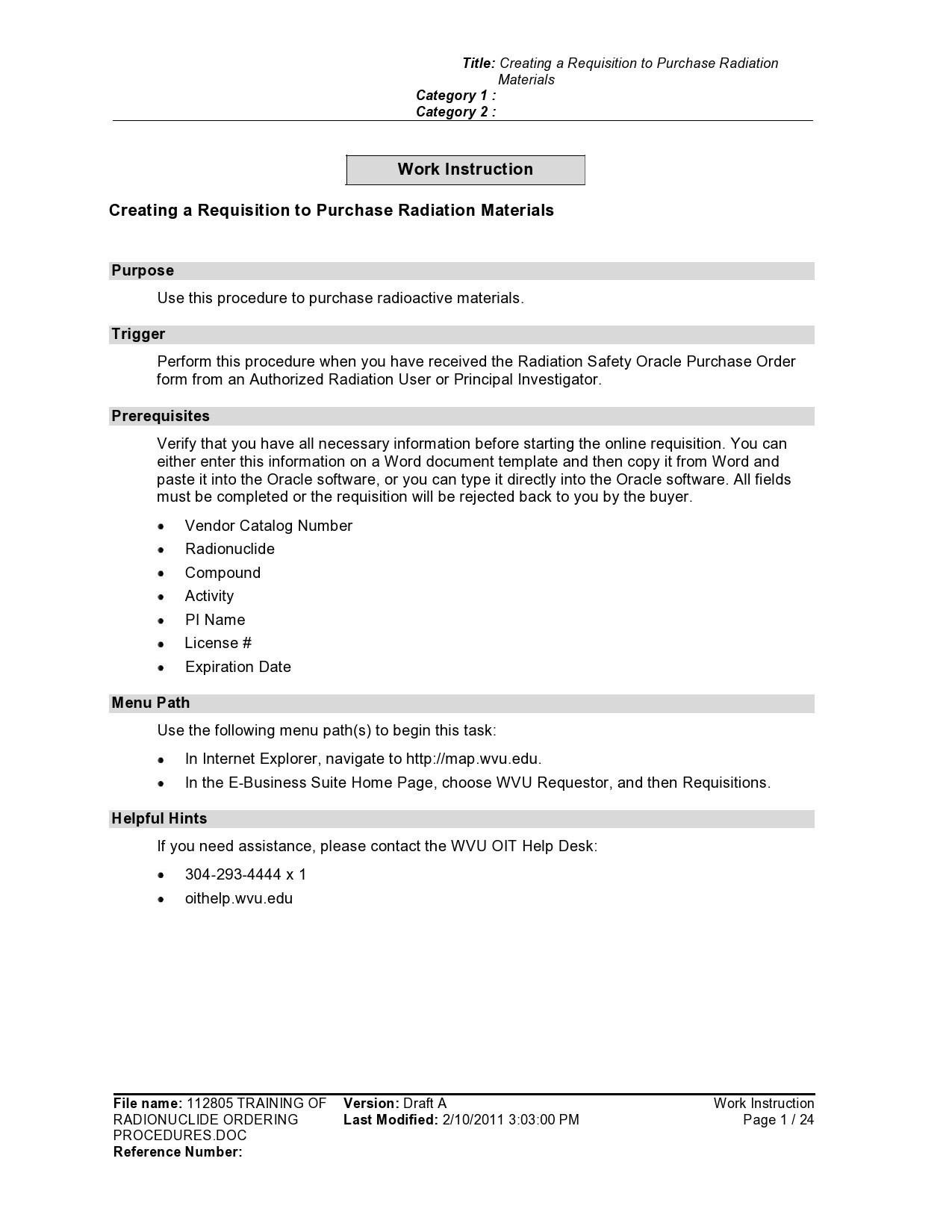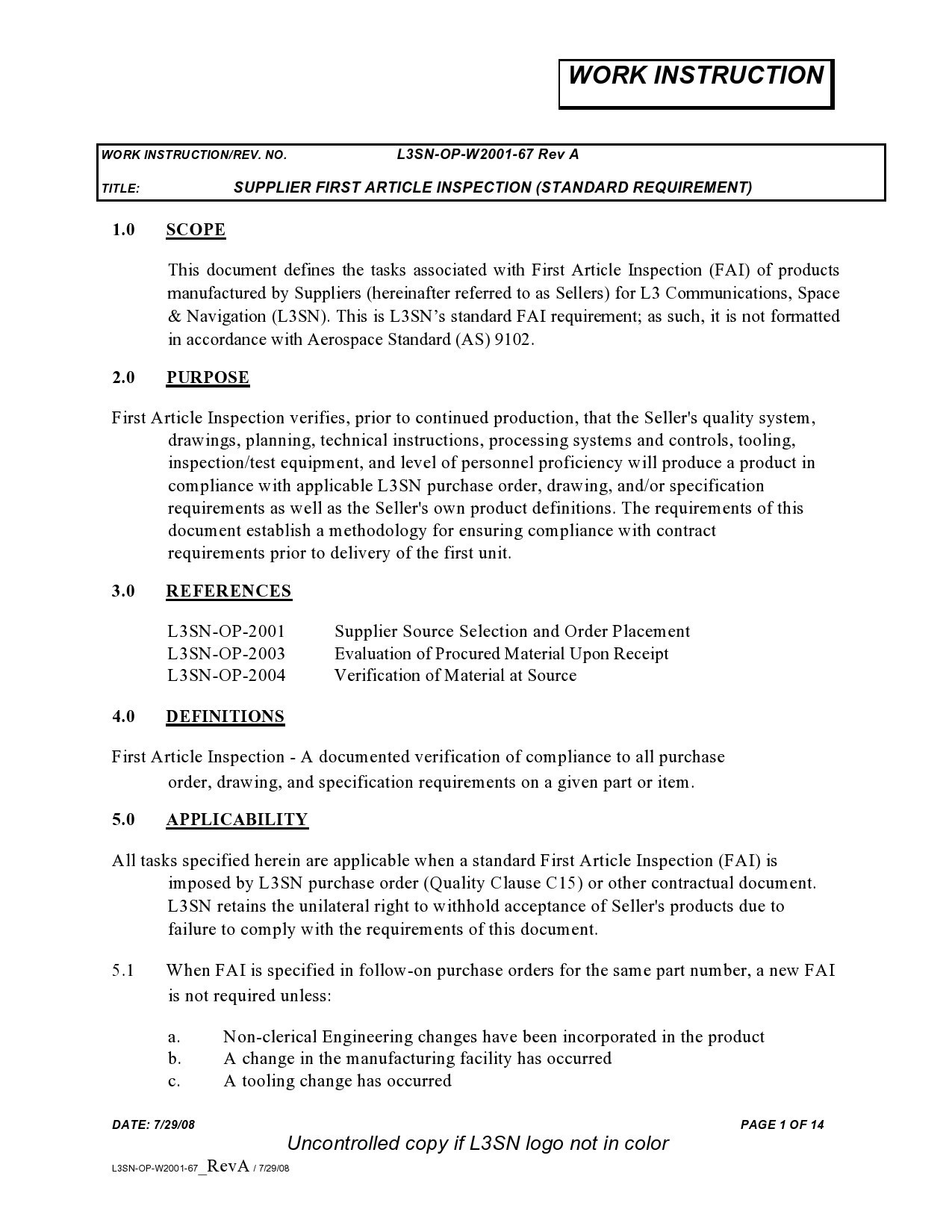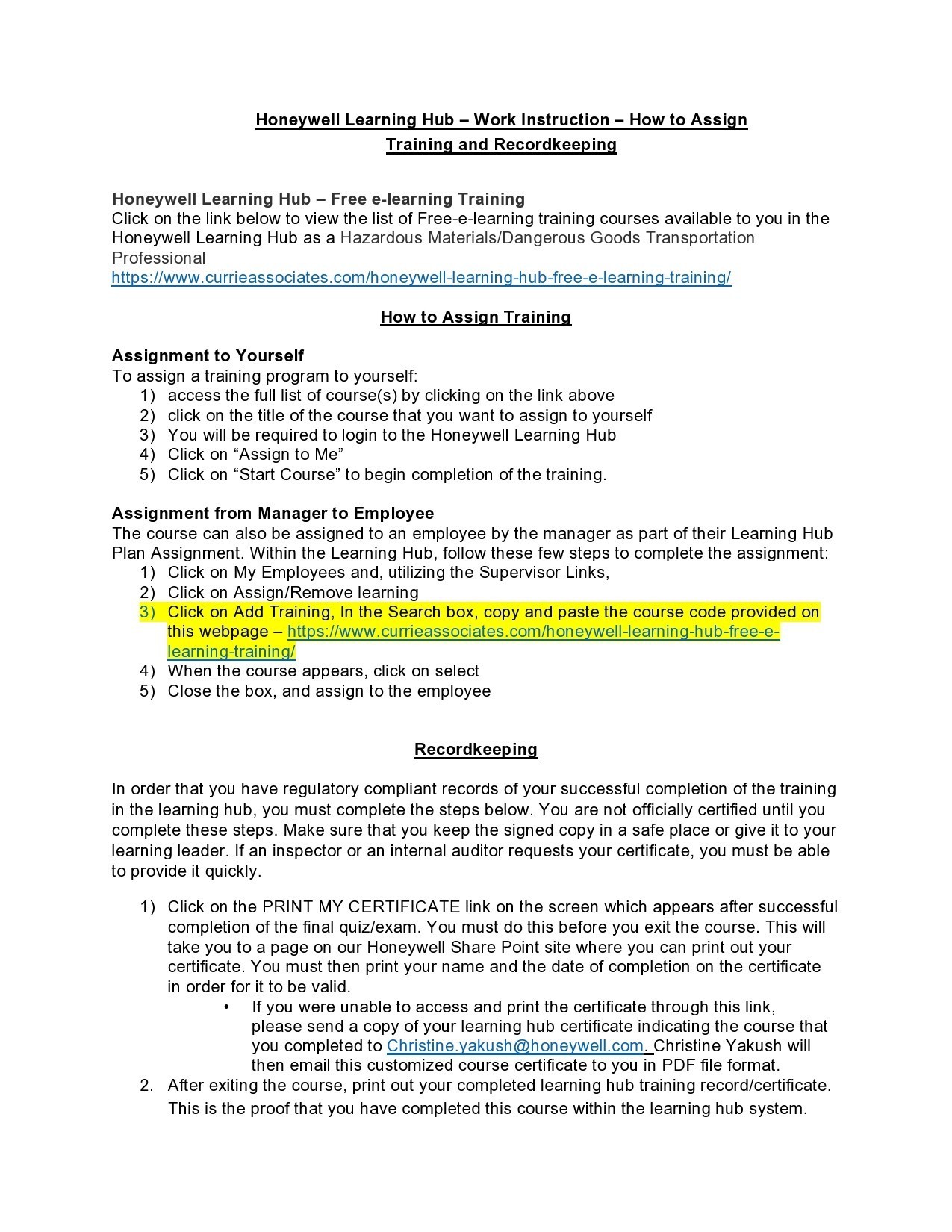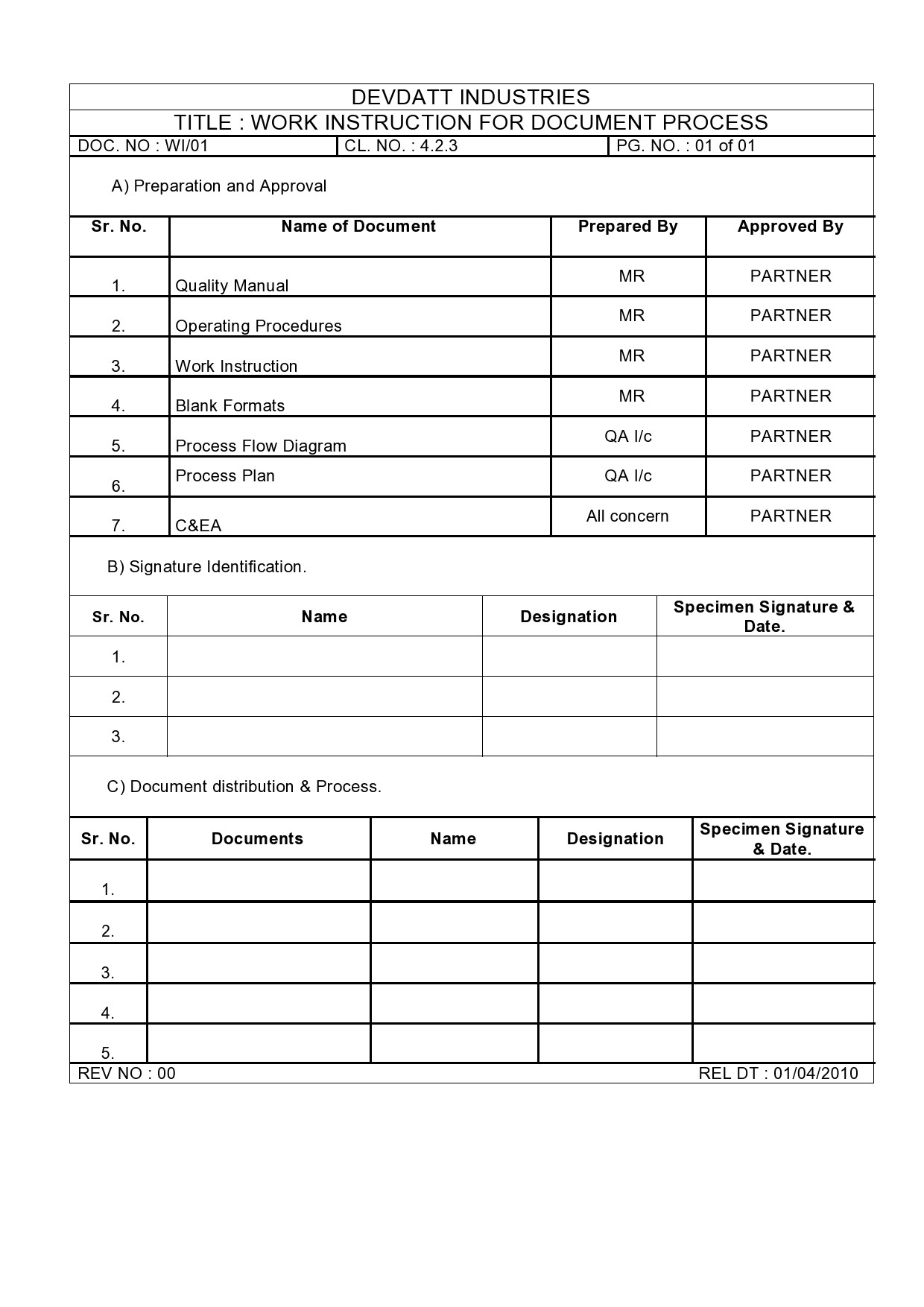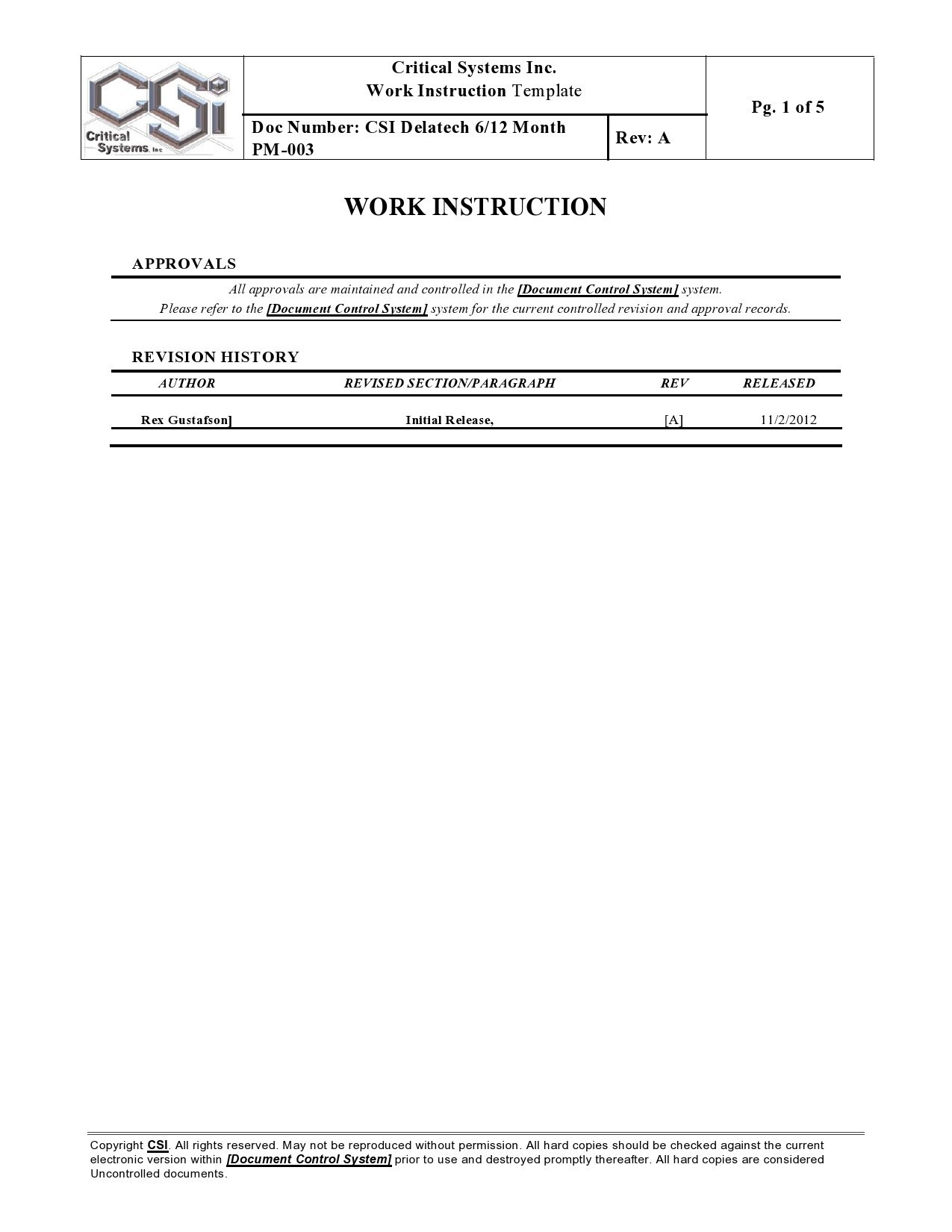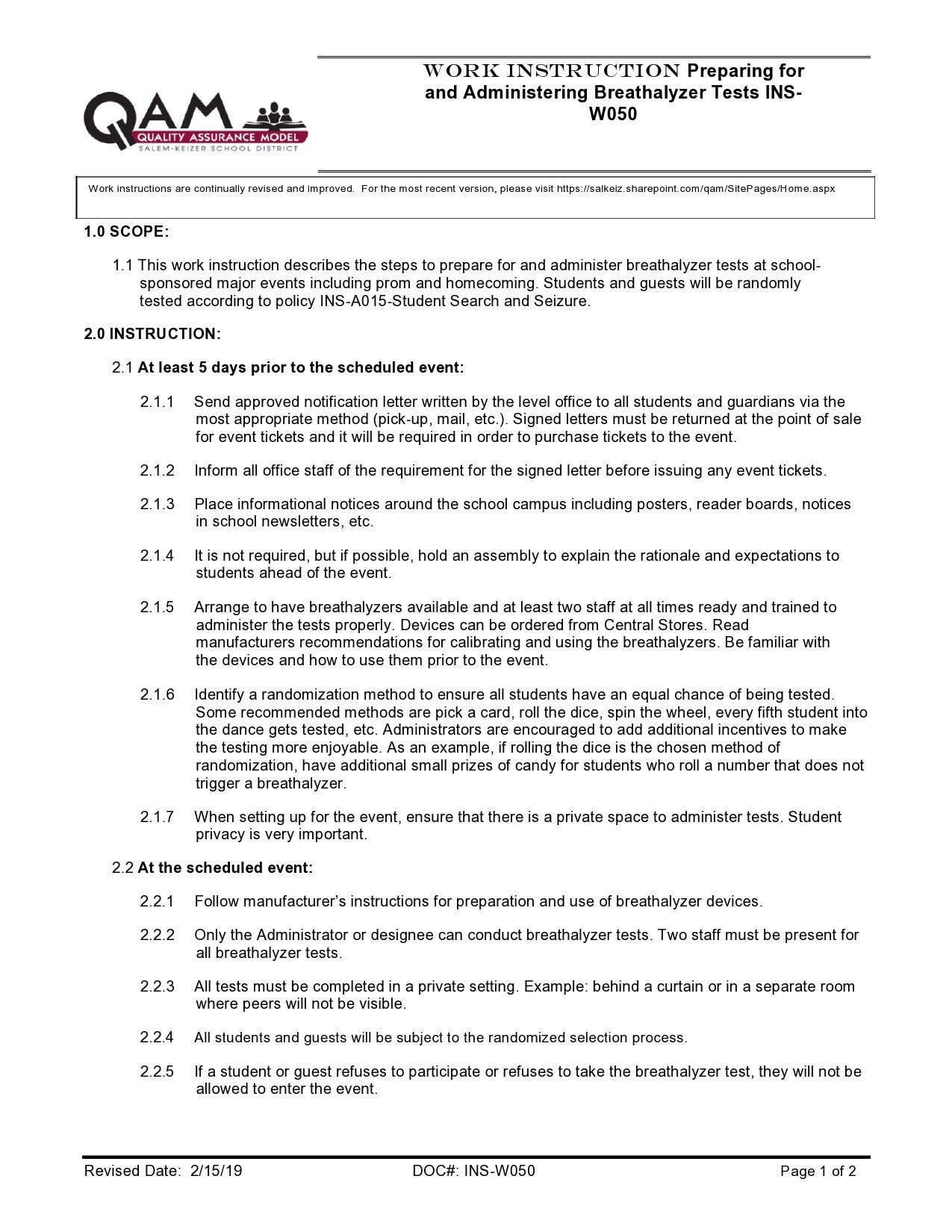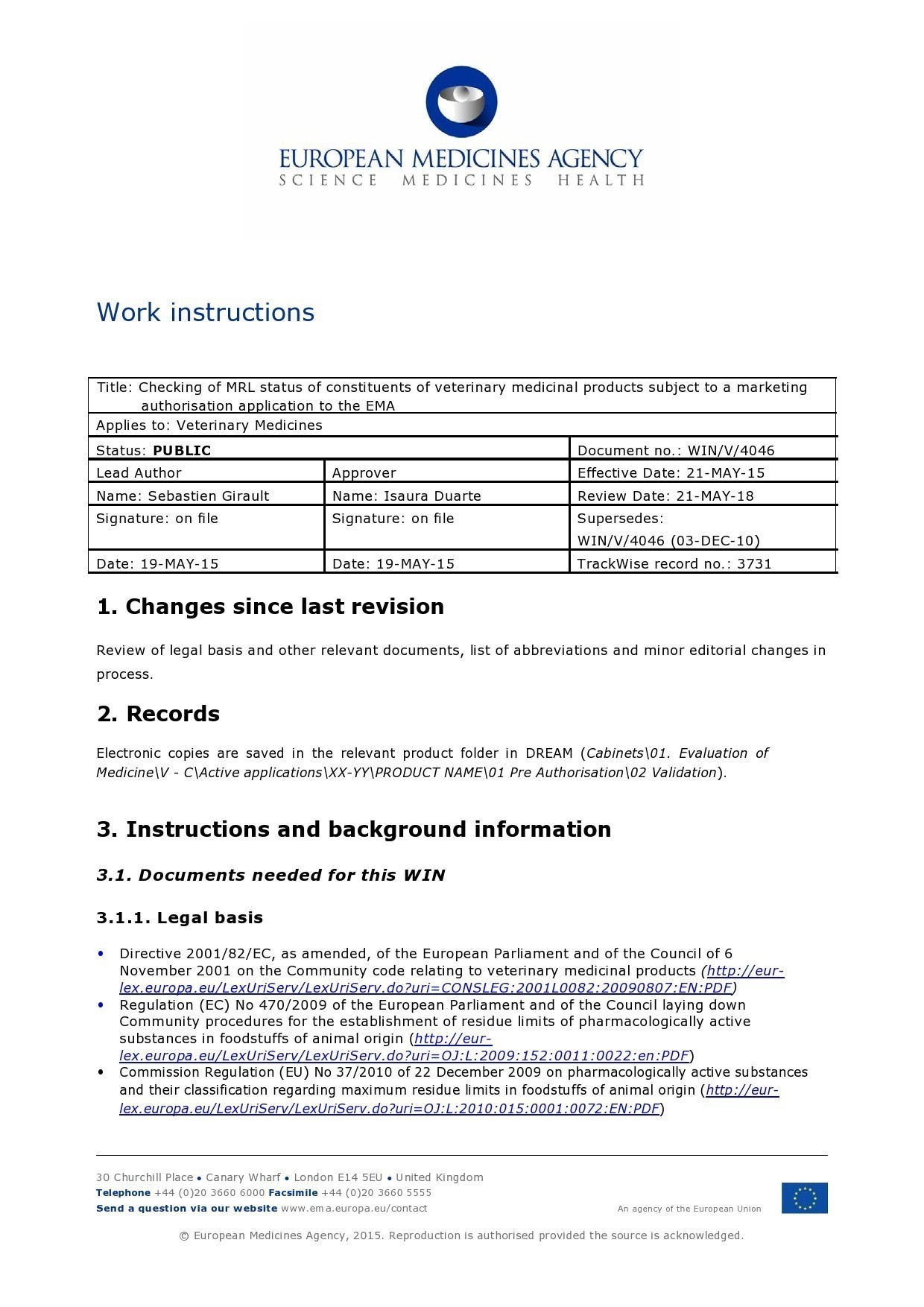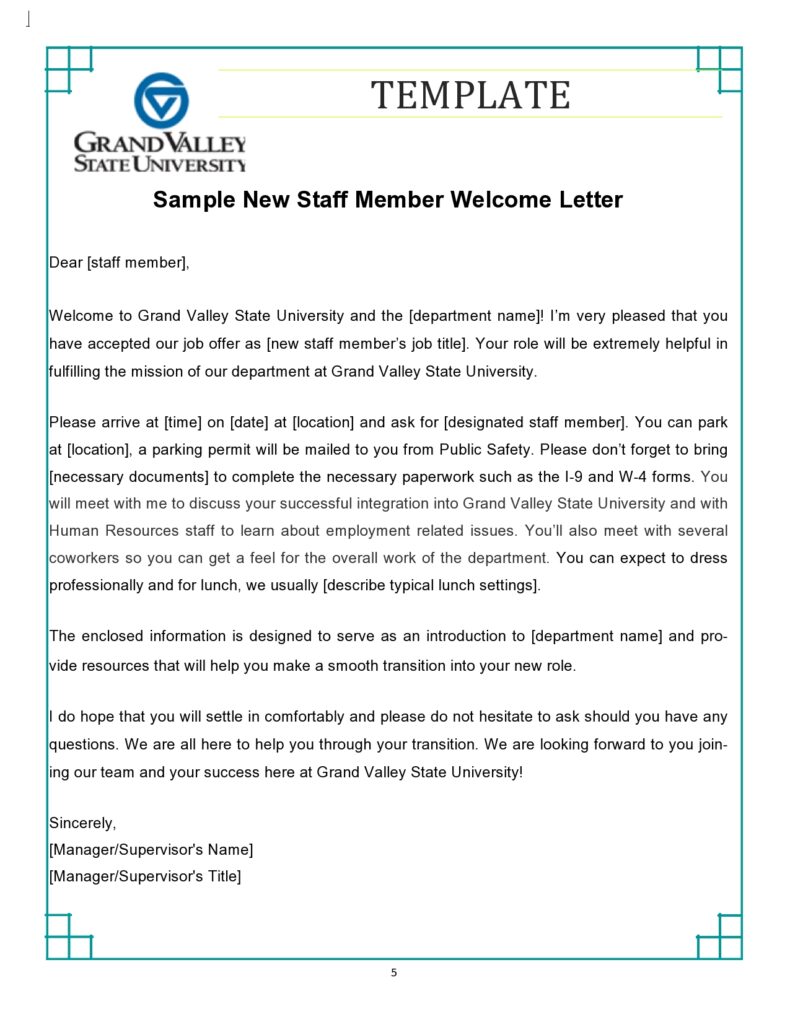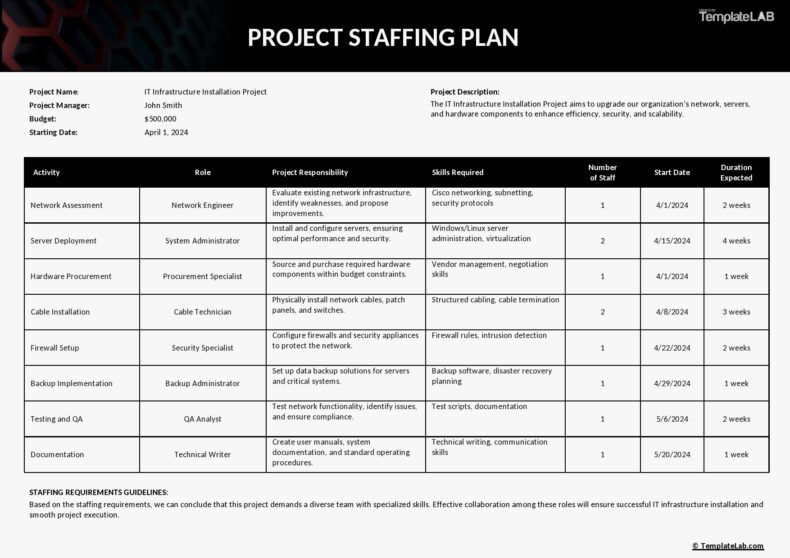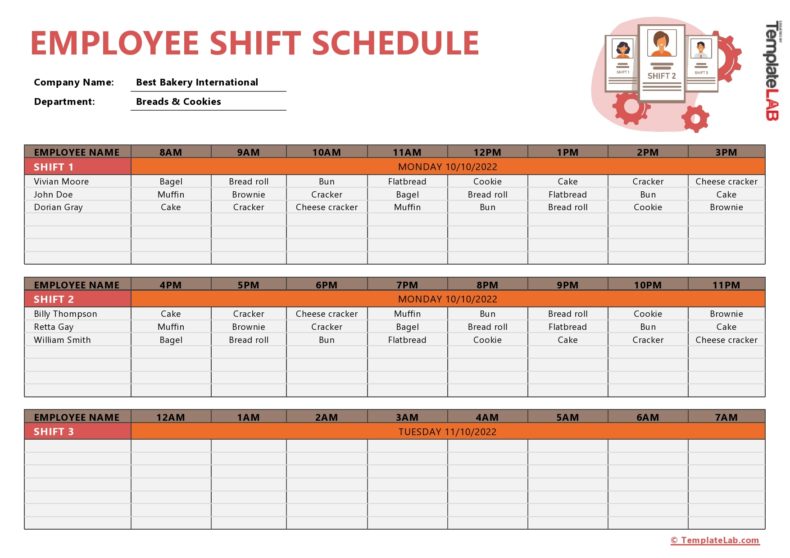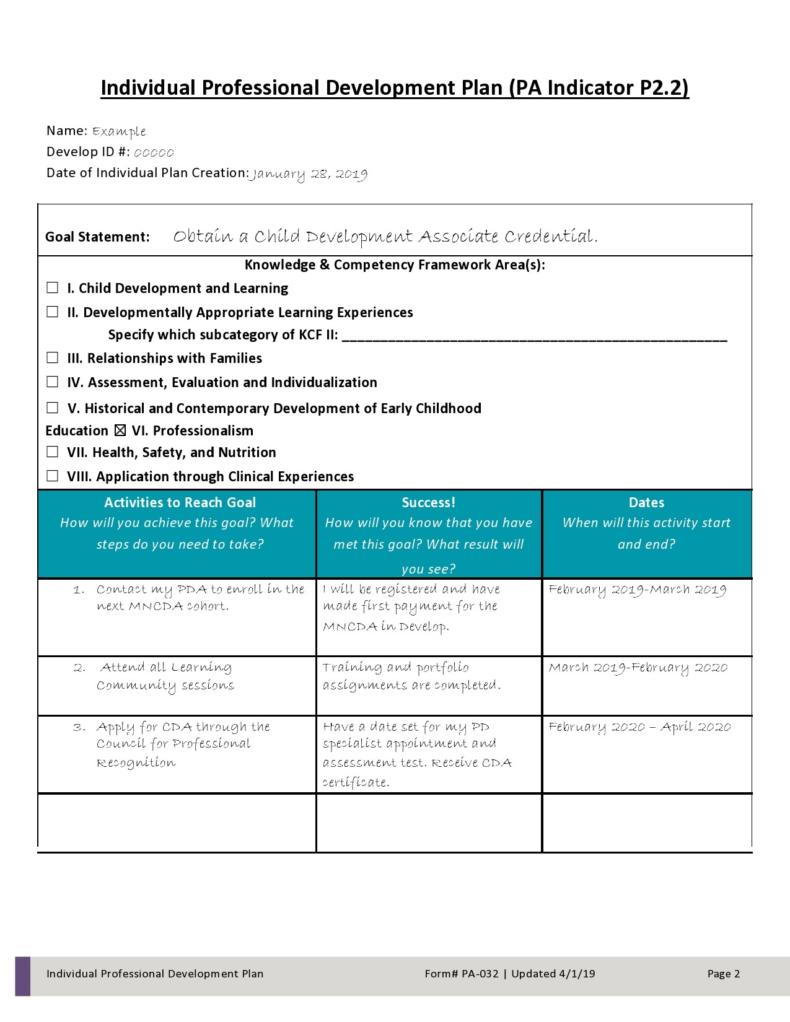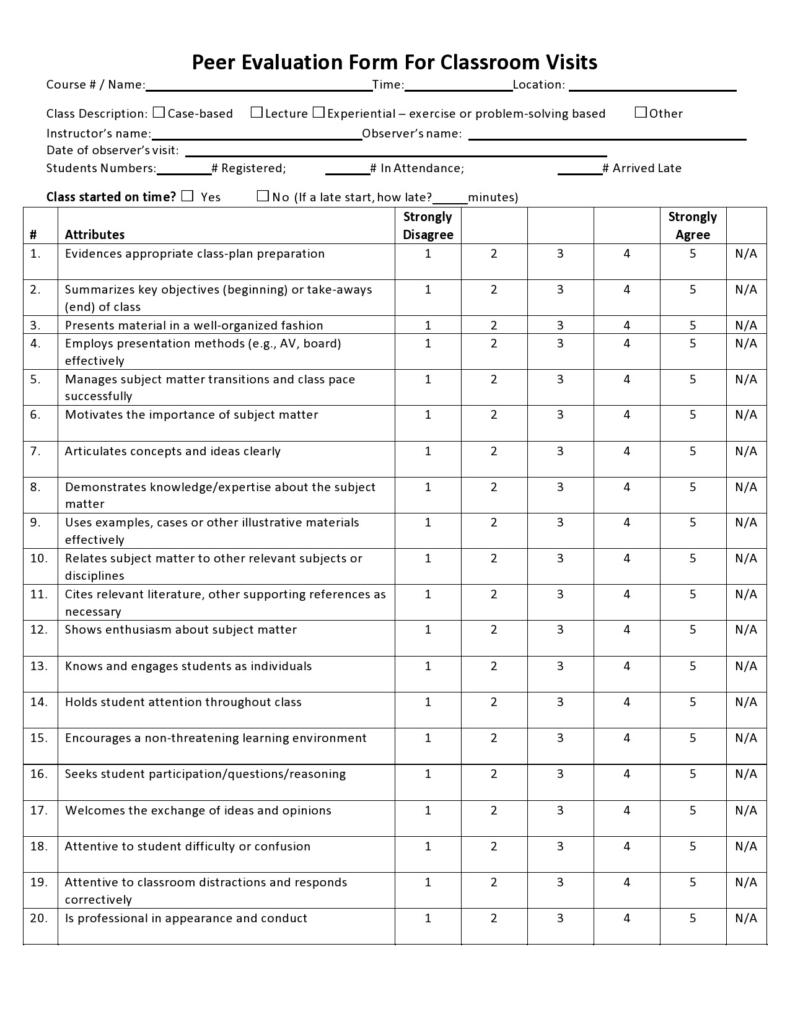Businesses grow due to enhanced and consistent productivity. For a business to be productive, workers must closely follow the instructions given. Instruction gives guidance to workers on what to do at every phase of the work process. They are told where to start, how to start, who does it, and when. A department manager can give work instructions for their department and report to their seniors. The entire work system runs smoothly when every employee is doing their part. To help the workers have clear guidelines, the company should design a step-by-step instruction template.
Table of Contents
- 1 Work Instruction Templates
- 2 What is work instruction?
- 3 Standard Work Instructions Templates
- 4 Why should a business have a standard work instructions template?
- 5 Visual Work Instructions Templates
- 6 How do you write a work instruction?
- 6.1 Create a clear title
- 6.2 Explain the purpose of the instructions in the introduction
- 6.3 Explain the purpose of each task
- 6.4 Explain how the task is done
- 6.5 Edit the instructions
- 6.6 Let someone else read the instruction and validate
- 6.7 Make changes
- 6.8 Add a list of sources
- 6.9 Take the work instruction template to a testing phase
- 6.10 Publish and share
- 7 Step By Step Guide Templates
- 8 What should a work instruction contain?
Work Instruction Templates
What is work instruction?
When a new person joins an industry, they will be inexperienced in terms of the processes of work in the business. Without proper work instructions, the worker might take time to learn and affect productivity.
Work instruction describes the work process step by step. The step-by-step guide template contains detailed instructions for each step. The most inexperienced workers can perform tasks sufficiently without anyone supervising them. Compared to standard work procedures, work instructions are more detailed.
Standard Work Instructions Templates
Why should a business have a standard work instructions template?
A standard work instructions template is a document that managers or experts can fill in the work instructions. It helps to build knowledge in a business. The standard work instructions template contains information on how work is done and gives a detailed interpretation of the instructions.
When an experienced worker leaves the company due to various reasons, the workflow can be affected when a new employer joins. The step-by-step instruction template will help the new worker understand the procedures fast. The company benefits in different ways.
They help reduce risks
Many accidents and injuries that happen in work environments happen because the worker/s affected didn’t understand instructions clearly. Some of the losses that businesses experience are due to improper instructions that lead to workers overlooking some business procedures.
A visual work instructions template helps workers see what they are supposed to do in detail. Businesses that have developed a culture of using work instructions experience reduced or no risks.
Impact mitigation when a new worker joins
It is not easy to understand work procedures when they are passed down to workers verbally. Down the line, some of the information can easily become distorted and communicate wrong instructions.
When a company is run by experienced workers, they don’t face many productivity challenges. However, when one worker leaves and a new one joins, they take time before getting used to the processes.
It might take longer to train them, but with a visual work instructions template, they will easily understand what they are supposed to do. The kind of support they will require is minimal, which will help improve productivity.
Work instructions help save time
Depending on the type of business a company does, it can take more than a month to train an employee on all its procedures. Some employees could be slow learners and take longer to complete training.
When training takes longer to complete, the business will continue recording losses due to reduced productivity. The step-by-step guide template helps new workers learn the processes fast. The business saves time which translates to better productivity and improved income.
Reduced errors
Errors do happen in businesses but they can be reduced when the workers follow detailed written procedures. Errors have many effects on a business. A lot of resources could go to waste. In a production business, there will be a lot of products that cannot be delivered to the market. Most workers will not agree to take responsibility when mistakes happen.
There might develop a long chain of blame games with no one willing to take responsibility. Errors can be minimized when a business uses a standard work instructions template to make work knowledge available to them.
Enhanced productivity
A business performs to its maximum when every system is working perfectly. When every worker is doing their part to the maximum, business efficiency improves. Possibilities for waste in production lines reduce and the business records minimal customer complaints. A business will maximize these benefits by using a detailed visual work instructions template.
Visual Work Instructions Templates
How do you write a work instruction?
When writing work instruction for your workers, you should list down alphabetically or numerically the way the processes progress from one point to the next. The instructions should be clear and easy to understand. Download a step-by-step instruction template to help you have a systematic writing procedure to follow. Here are the steps to follow.
Create a clear title
The first information to write in the step-by-step instruction template is a clear title. It is the first line of instructions every worker will read. The title should be easy to understand. Choose a title that the workers will easily understand. You can choose a title such as “How To…”.
Explain the purpose of the instructions in the introduction
Explain what the purpose of the step-by-step guide is and how to use it. The descriptive information will help the workers understand what they are supposed to do with the information and who they should report to in case of any difficulties.
Explain the purpose of each task
One visual work instructions template can have several tasks. Each task will have a set of instructions to guide the employees. Describe what is expected from the task or what the procedure should accomplish.
This section should answer the employees’ question why. For example, the task might be about how to fix a printer. You may think about questions like:
- Why should you fix a printer?
- Why is fixing a printer necessary?
- What steps must you follow?
- Who should take fixing responsibility?
These are the kind of questions that will help the workers understand the purpose of the task.
Explain how the task is done
This is a critical part of the standard work instructions template. It shows the workers how the task is completed. Without explaining to them how it is done, it will likely be that they will not complete it. You may start by explaining all the items/materials required for the task. For example, to fix a printer, some of the materials required could be:
- Power cable
- Fuse
- Data cable
- Ink ribbon
- Screwdrivers
- A clean cloth, etc.
Give broken down instructions on how to complete each task. Use the simplest language and easy-to-follow directions. You may include images in the template, charts, or videos. The main purpose is to ensure employees understand the process without making any errors.
Edit the instructions
In the process of creating a step-by-step instruction template, visualize how the workers will read, understand and follow the instructions without the need to come to you for an explanation. One of the reasons they might keep coming to you is if the language is too technical. Another reason is when the instruction is not clear.
In the editing process, simplify the technical terms and edit any instructions that are not clear. Correct grammar errors to ensure the document is legible. You may break the points as follows:
- Write every important point in bold.
- Include images or videos where necessary
- Use bullets and numbers in your lists
- Bold the titles and subtitles
- Use a sequential strategy for the instructions
- Use different colors to highlight important items.
Let someone else read the instruction and validate
Do not publish the instructions yet but get the opinion of a few people. They could be an employee with extensive experience, an expert in the area, or a senior member/stakeholder. Let them confirm if you’ve left out any important instructions or added information that might not add value.
Make changes
Your first set of instructions might not be perfect. After validation from a few people, highlight every point they recommend correction. Write a second document and perfect it. You may want to take a break for a few days before you start to rewrite the step-by-step guide template.
Reread the entire document before you make any changes. If any of the instructions are contradicting, make changes. The final template should be simplified to such a level that a fourteen-year-old can read, understand, and perform the tasks.
Add a list of sources
At the end of the visual work instructions template, you may add links or references to sources your employees can refer to if they need more information. You can do this either through an appendix or footnotes.
Take the work instruction template to a testing phase
It will be beneficial to you to test the information before sharing it with your workers. Get a worker that you trust most and request them to perform a task following the instructions in the standard work instructions template you’ve created. It will help you to know if any part of the instructions is confusing.
The worker will request clarifications to any part they fail to understand. Highlight any concerns the worker raises, errors, corrections, and missing information. After they are through, correct to come up with a final document for publishing.
When you are certain all the information in the step-by-step instruction template is perfect, publish the document. Share it with all workers to make sure they will have no challenges with work procedures and how to do things.
Step By Step Guide Templates
What should a work instruction contain?
A step-by-step guide template should contain clear instructions on what workers should do at each phase or process in a business. They should not confuse workers but they should give room for interpretation where anything is not clear. The instructions should not be lengthy and hard to read. Every good work instruction should contain the following.
The information should be clear
Every employee who reads the instructions should grasp the information in an instant. Do not use complex phrases or words. Break down the technical terms into an easy-to-understand language. The employee with the least technical experience should easily use the information as though they are skilled in the task.
It must be accessible by all stakeholders
The work instructions should not be availed to the senior staff only. Its purpose is for every worker to use it for enhanced productivity. Make the document availed and accessible by every employee at any level. Let them keep referring to the instructions until they gain experience to a level where they are no longer required to refer because they have internalized the instructions.
Let it be credible
Let it be a document the employees will trust and believe the information in it as helpful. If they get a notion that the information is substandard or unreliable, they will not use it. The business productivity will be affected. During the preparation phase, consult people with experience both internally and externally. Let the employees know the information came from credible sources.
Let it be consistent
From the start to the end of the information, let the information be consistent. The information from one task to the next should be clear in terms of layout, terminologies, and media. If inconsistencies are found in the information, it might be confusing.
Let it be precise and simple
Short, simple instructions can be much more effective compared to detailed, lengthy instructions. If you explain one instruction using four paragraphs of information, very few people will be willing to read the entire information. Those who read could only feel more confused than knowledgeable. Make the instructions short and simplify every piece of information.
Make it visual
A text-only works instruction could be less effective than a visual work instructions template. The current generation is in a digital era where they love visual information more than nonvisual. You might not make the entire template visual but have a mix of images, graphs, diagrams, and videos where necessary.
Instruct experienced people to write
A document written by people with experience is different from one written by inexperienced people. The person with experience is in a better position to explain difficult words in a way that can be understood better.
Since they understand well how the process works, they will explain it from an experience perspective. If it is a machine they’ve been operating for many years, they will explain every detail as though the machine is already running.

